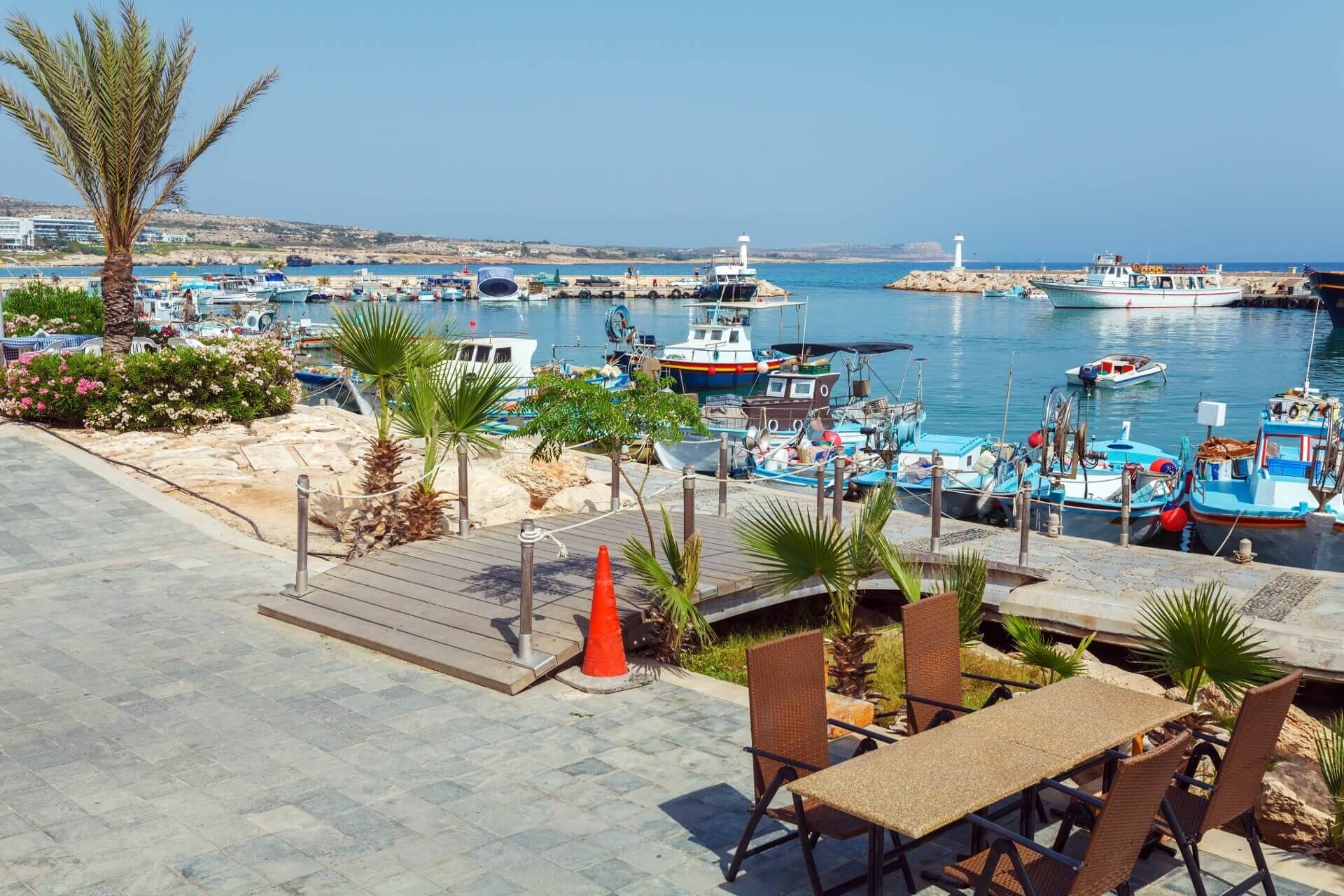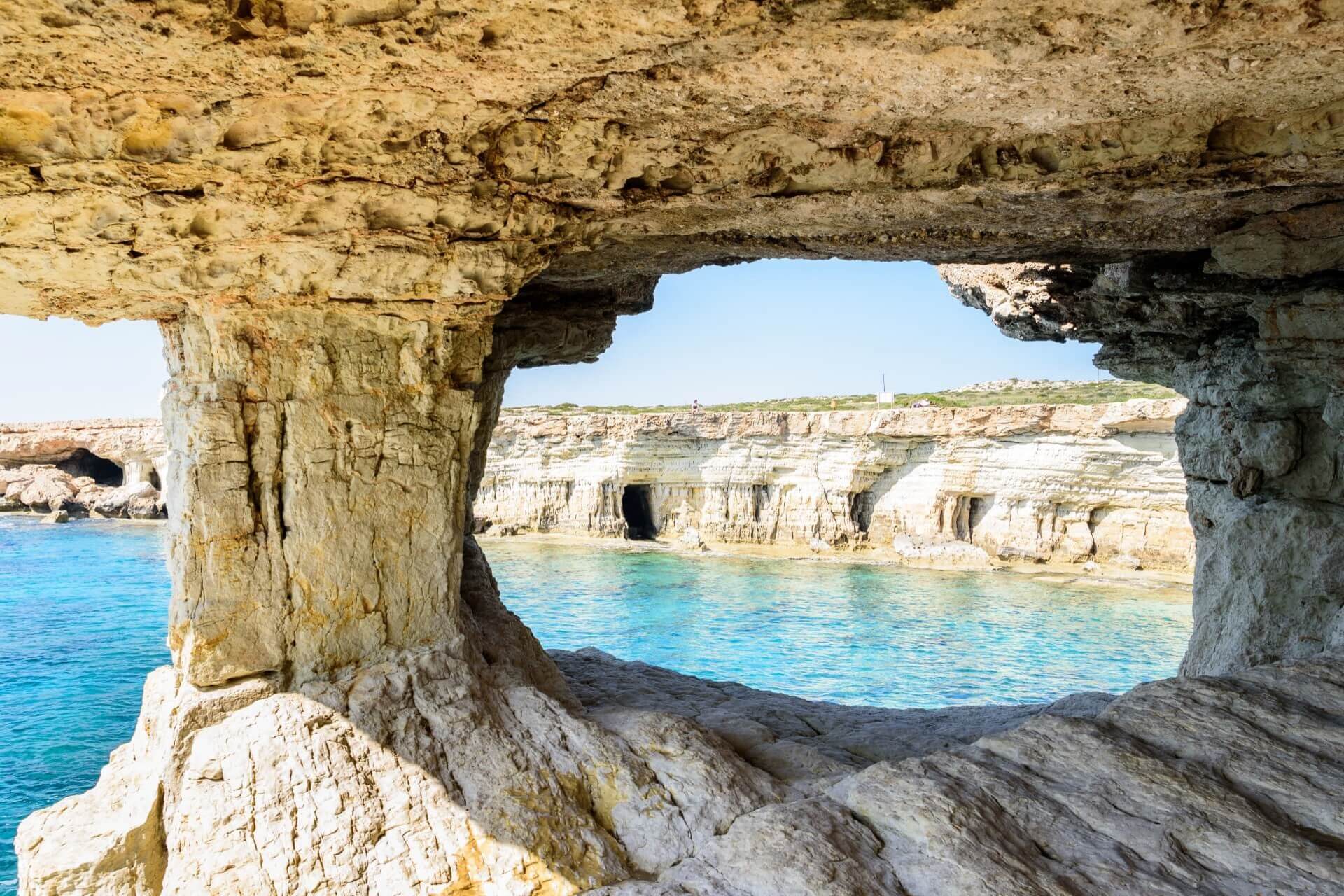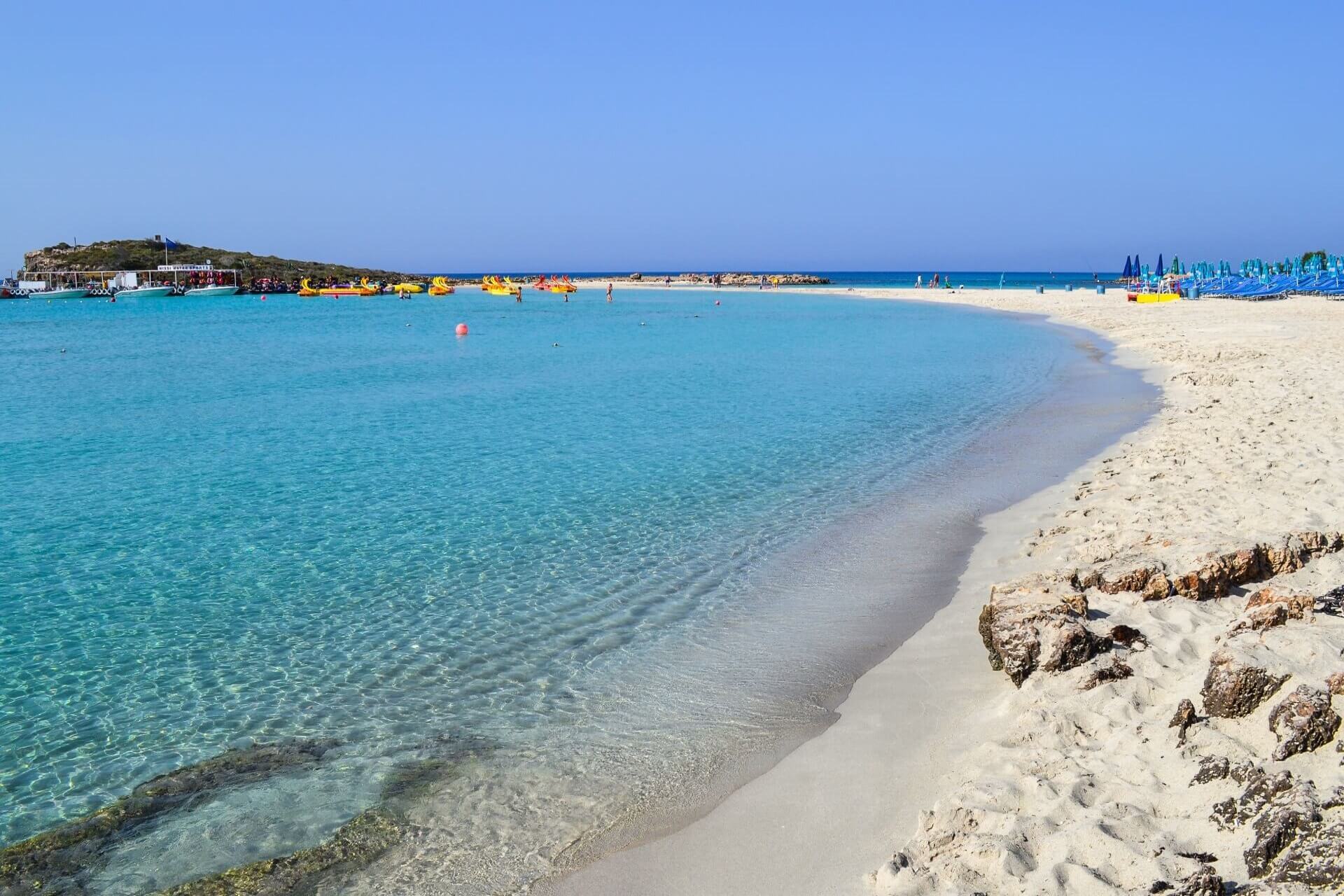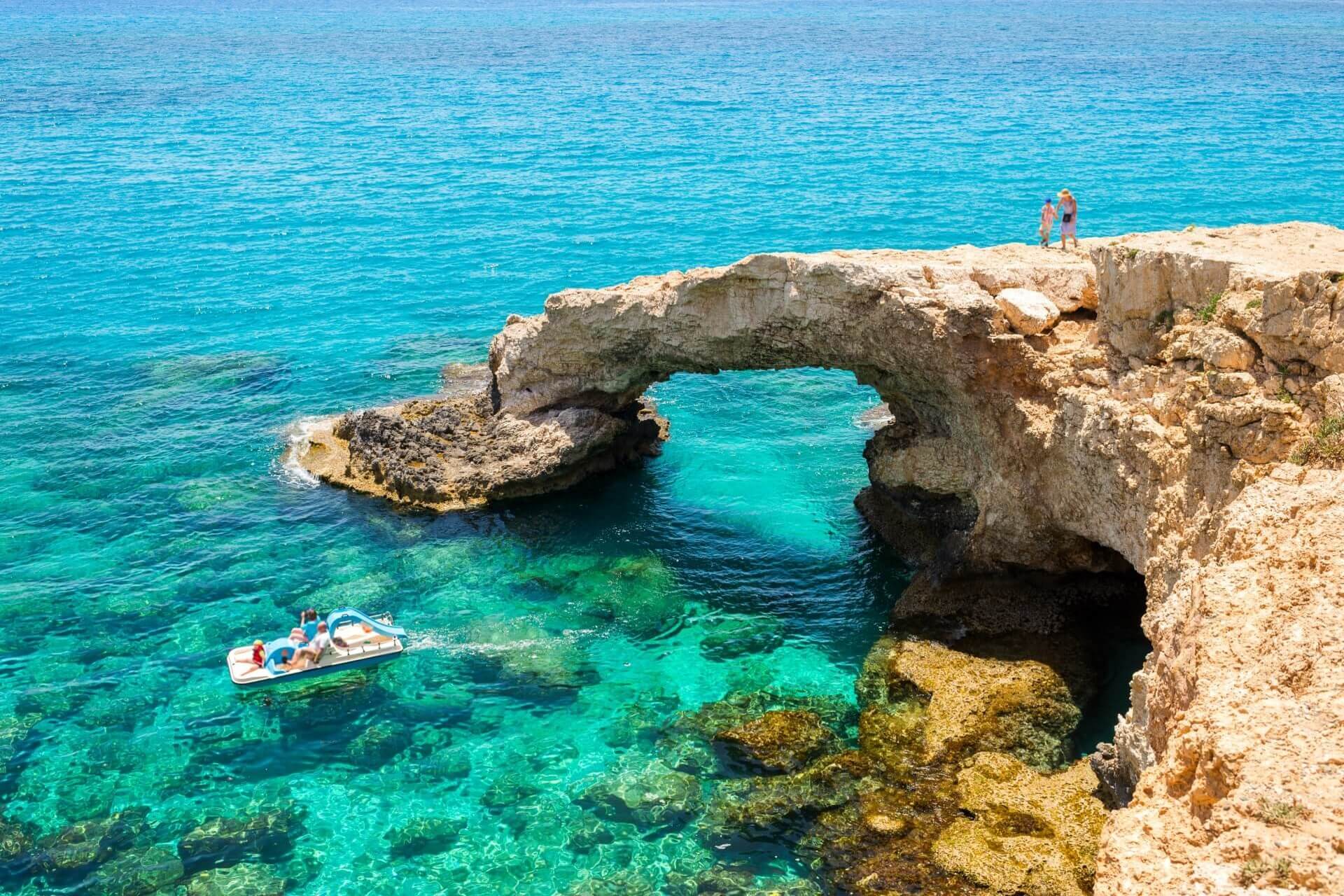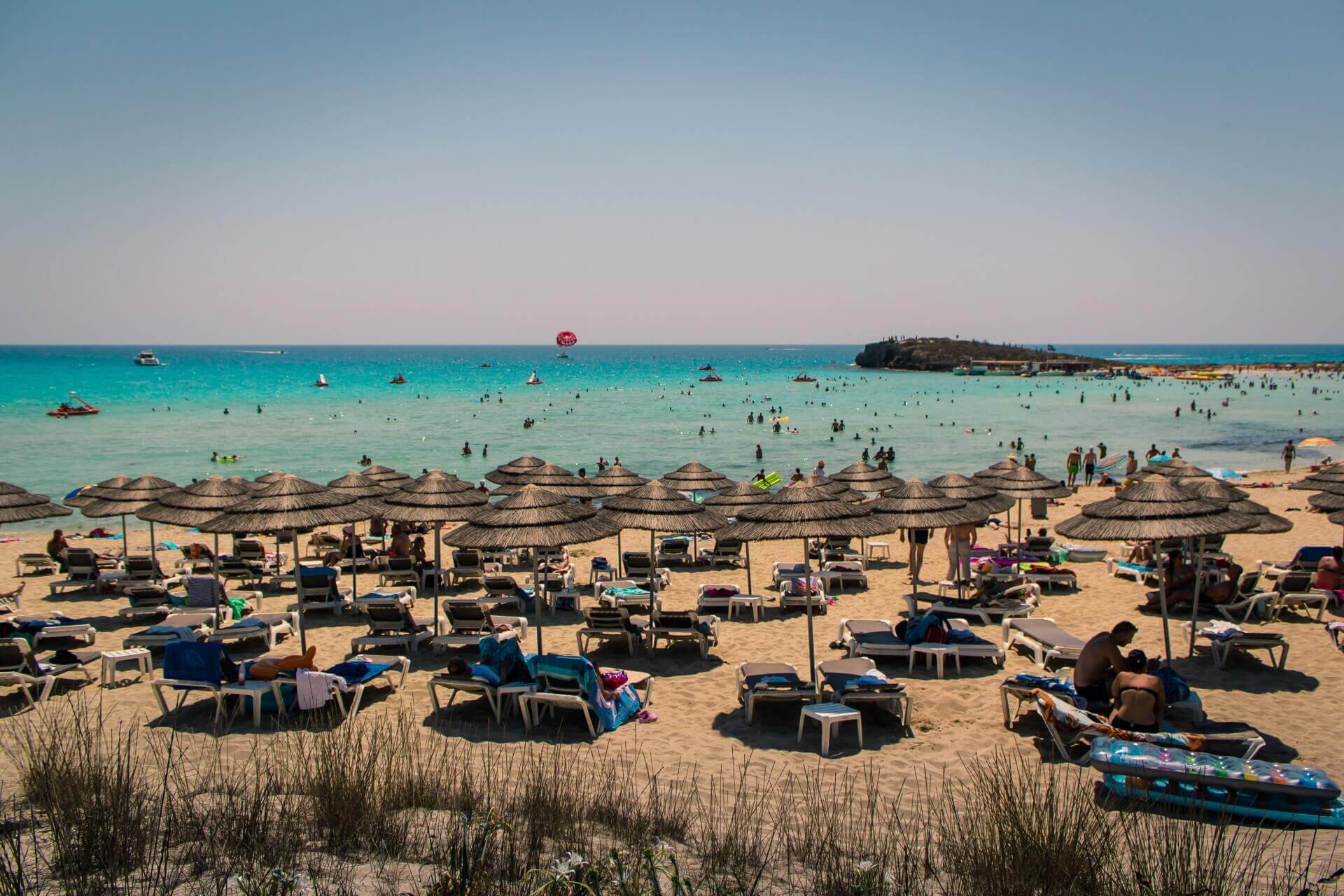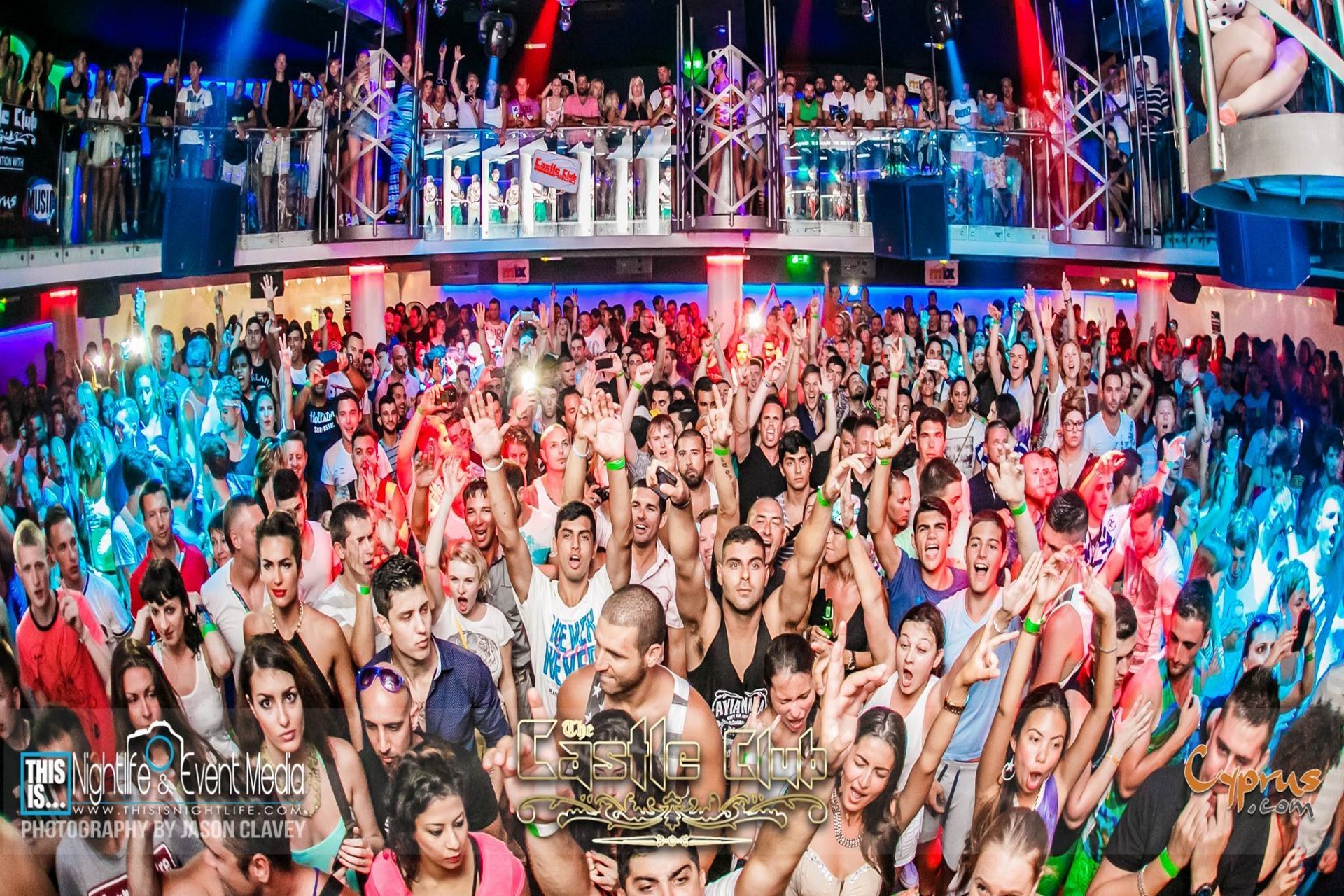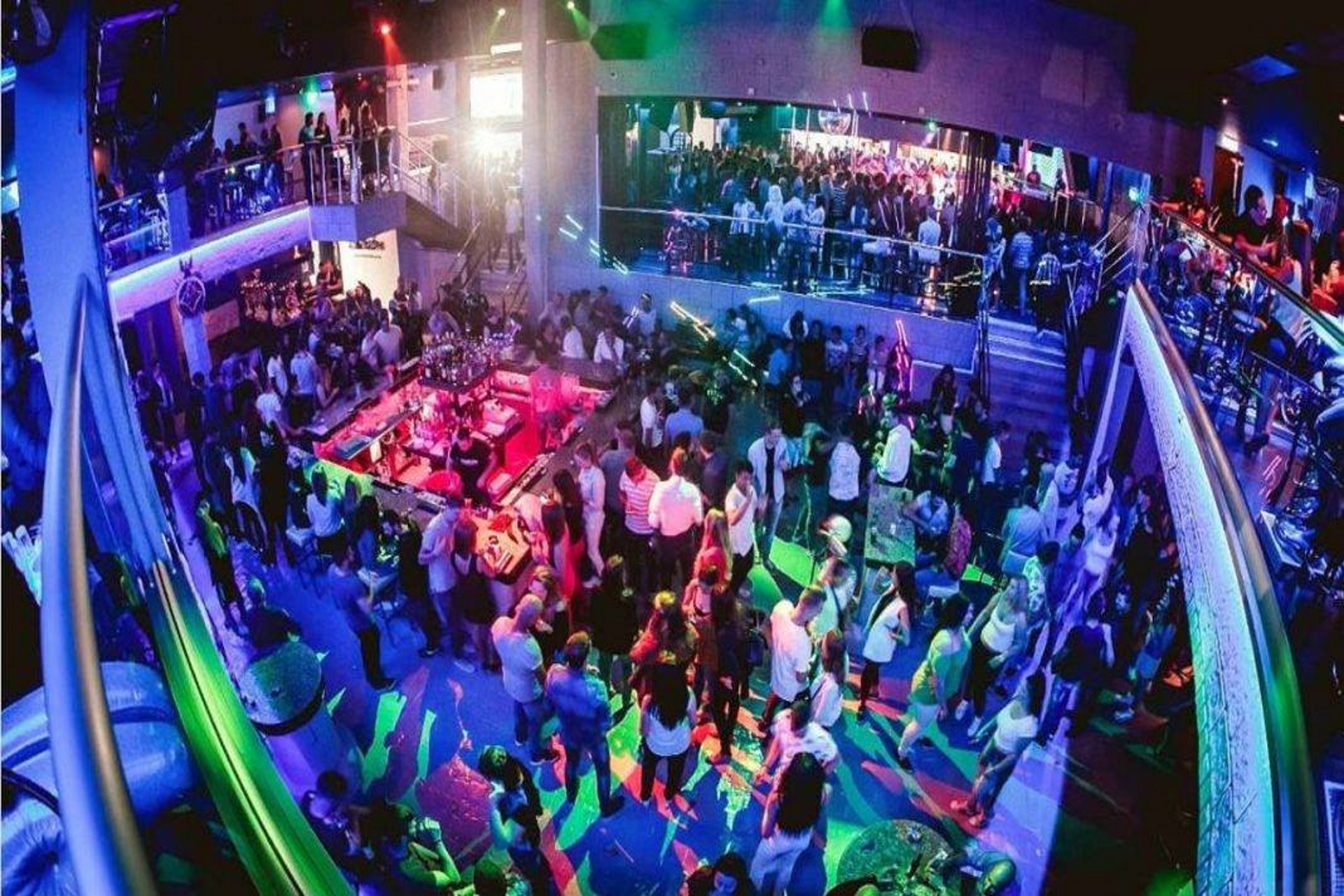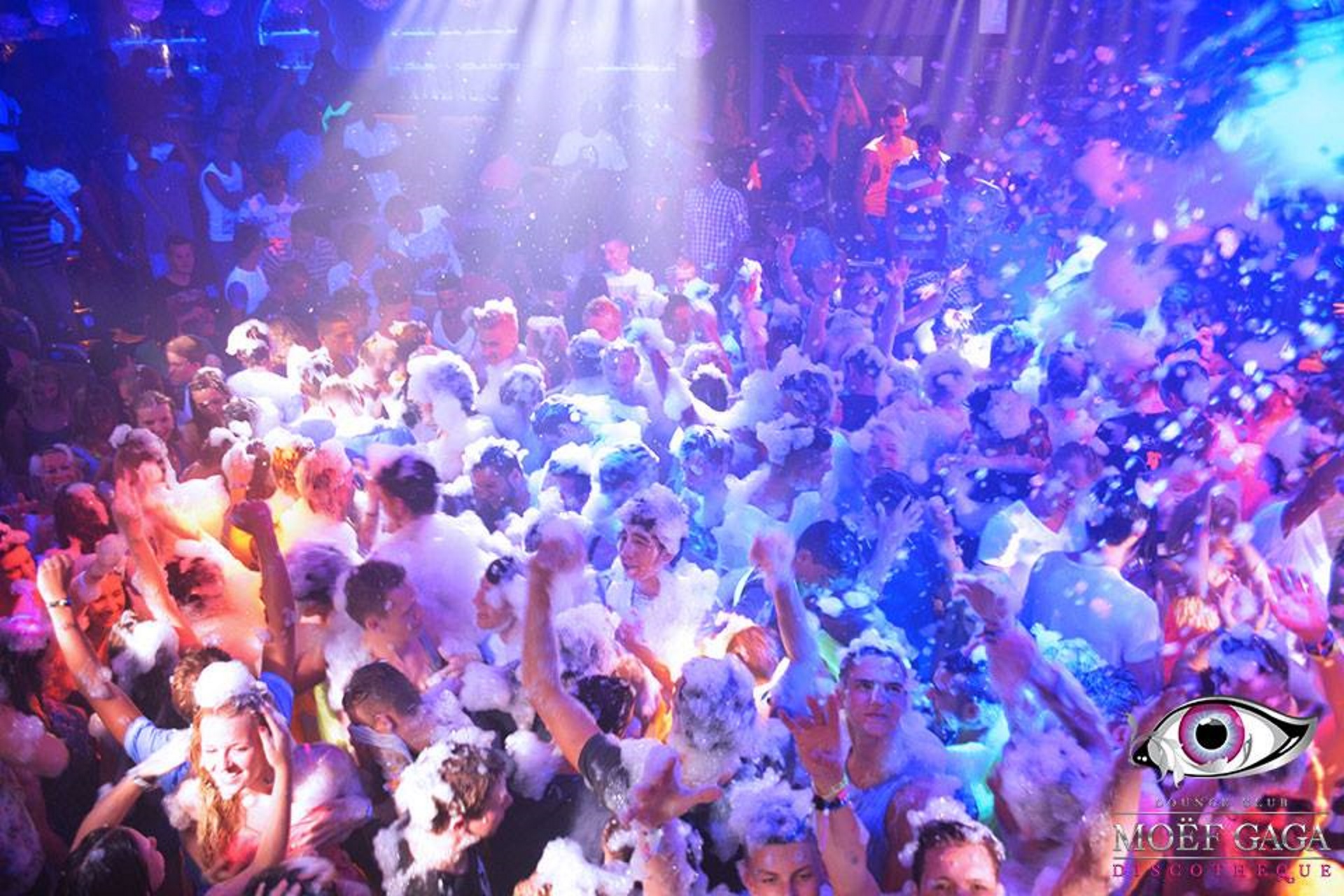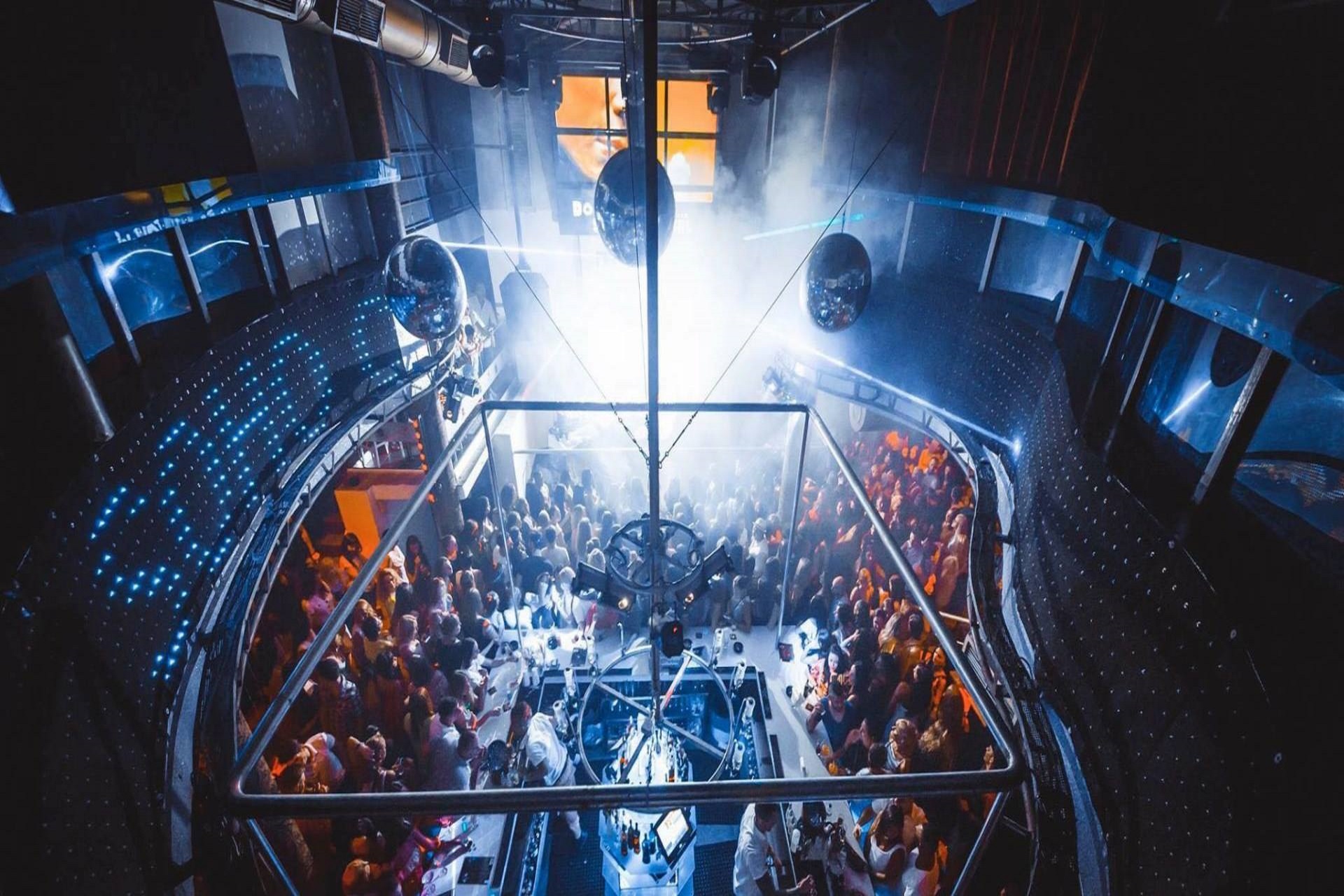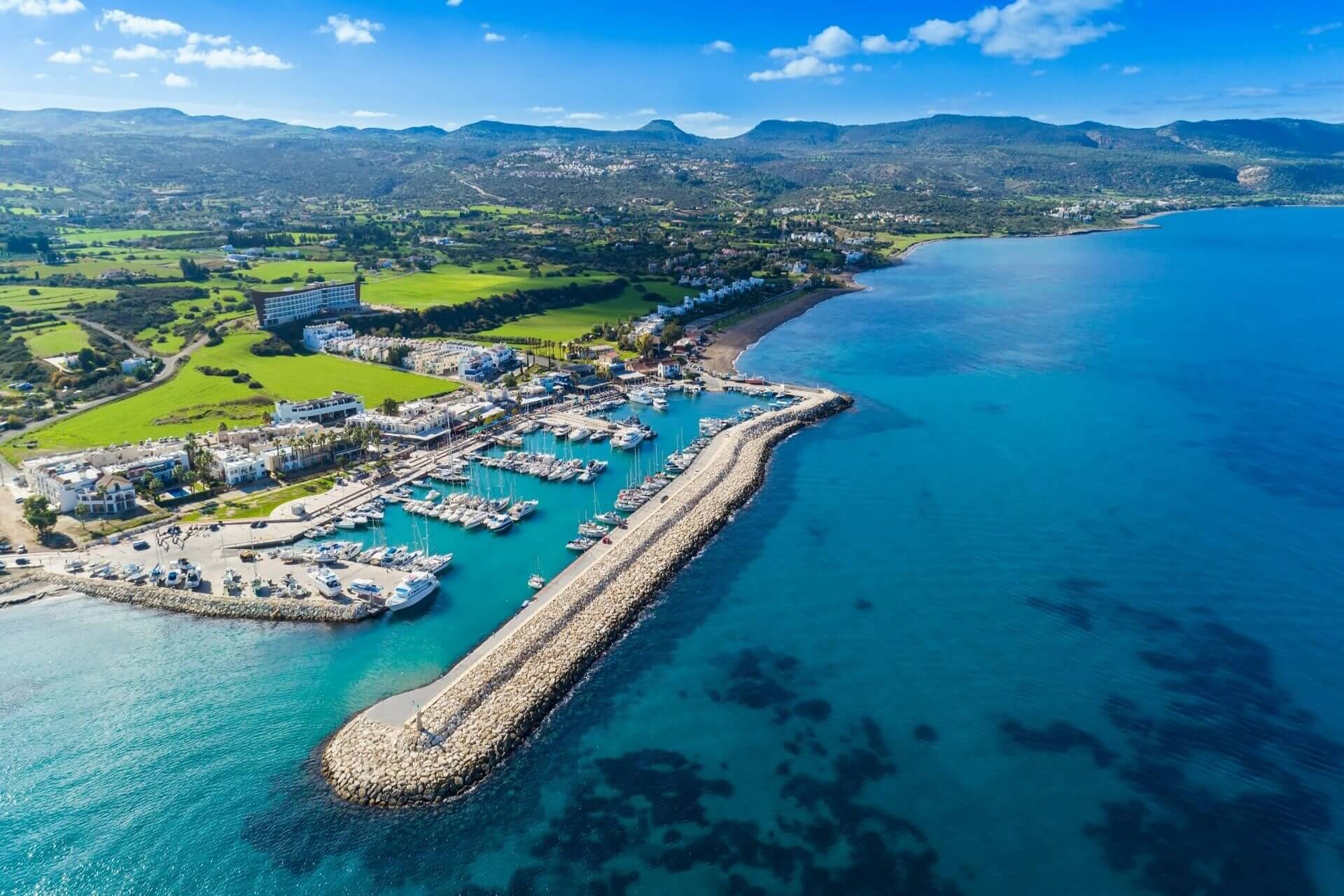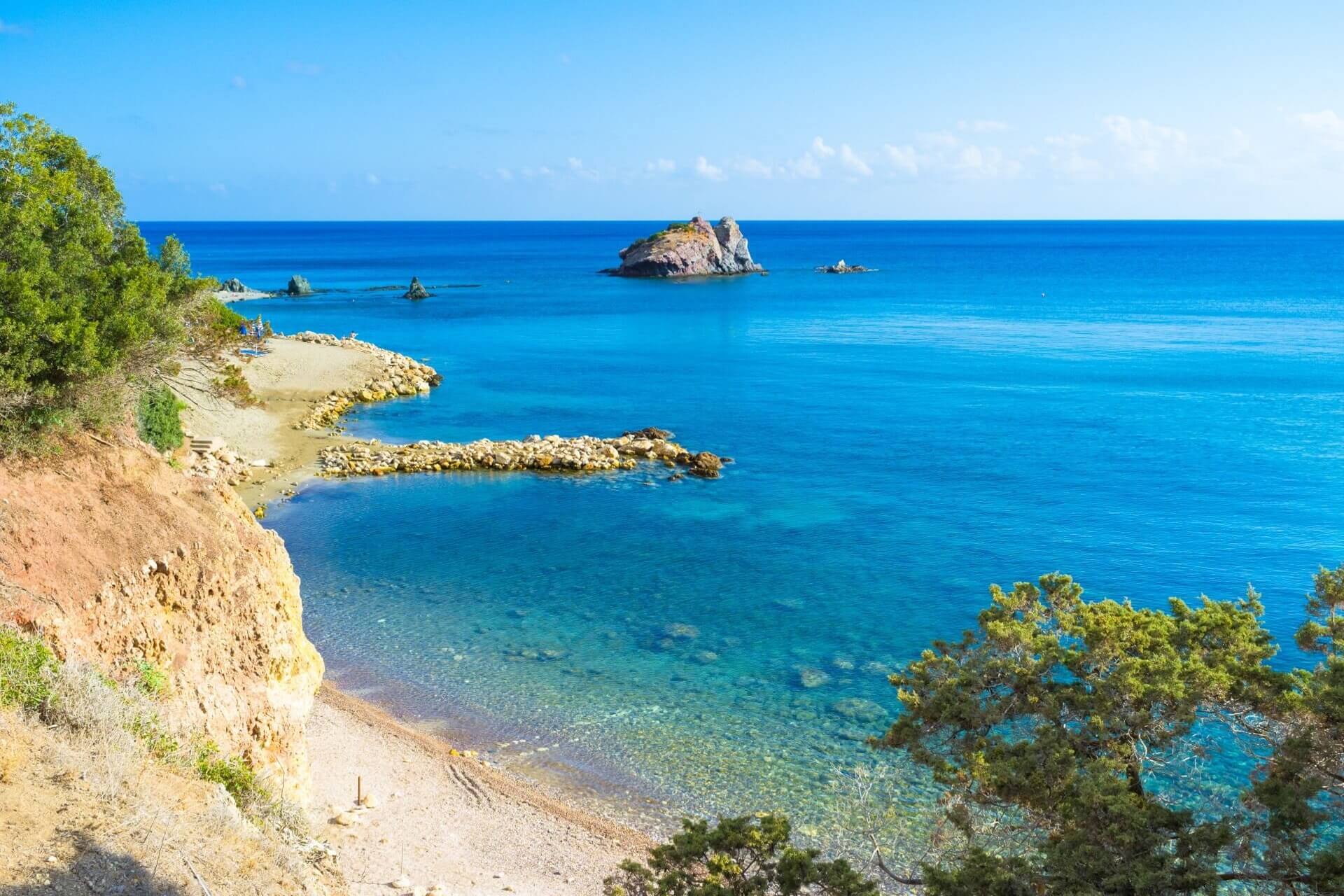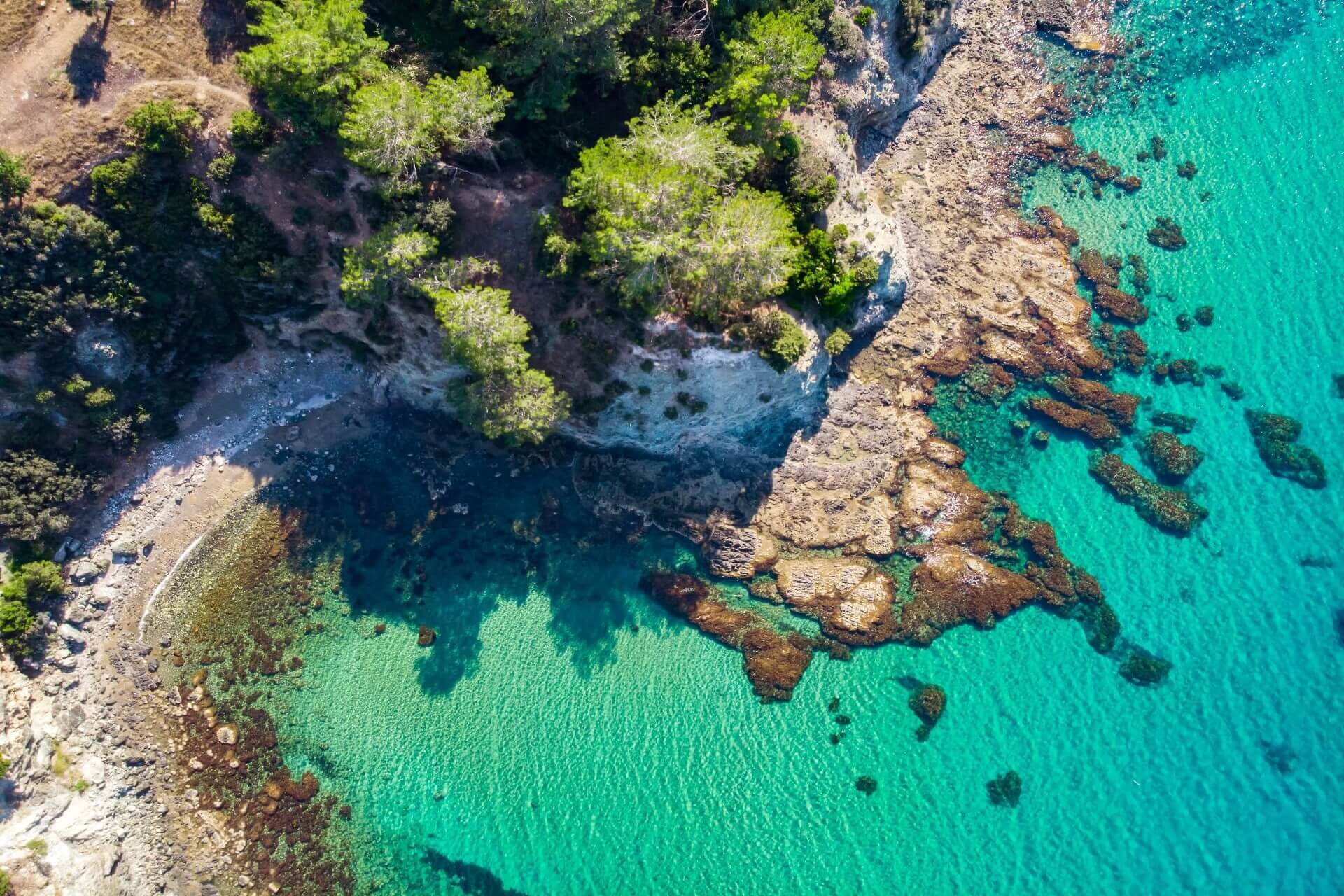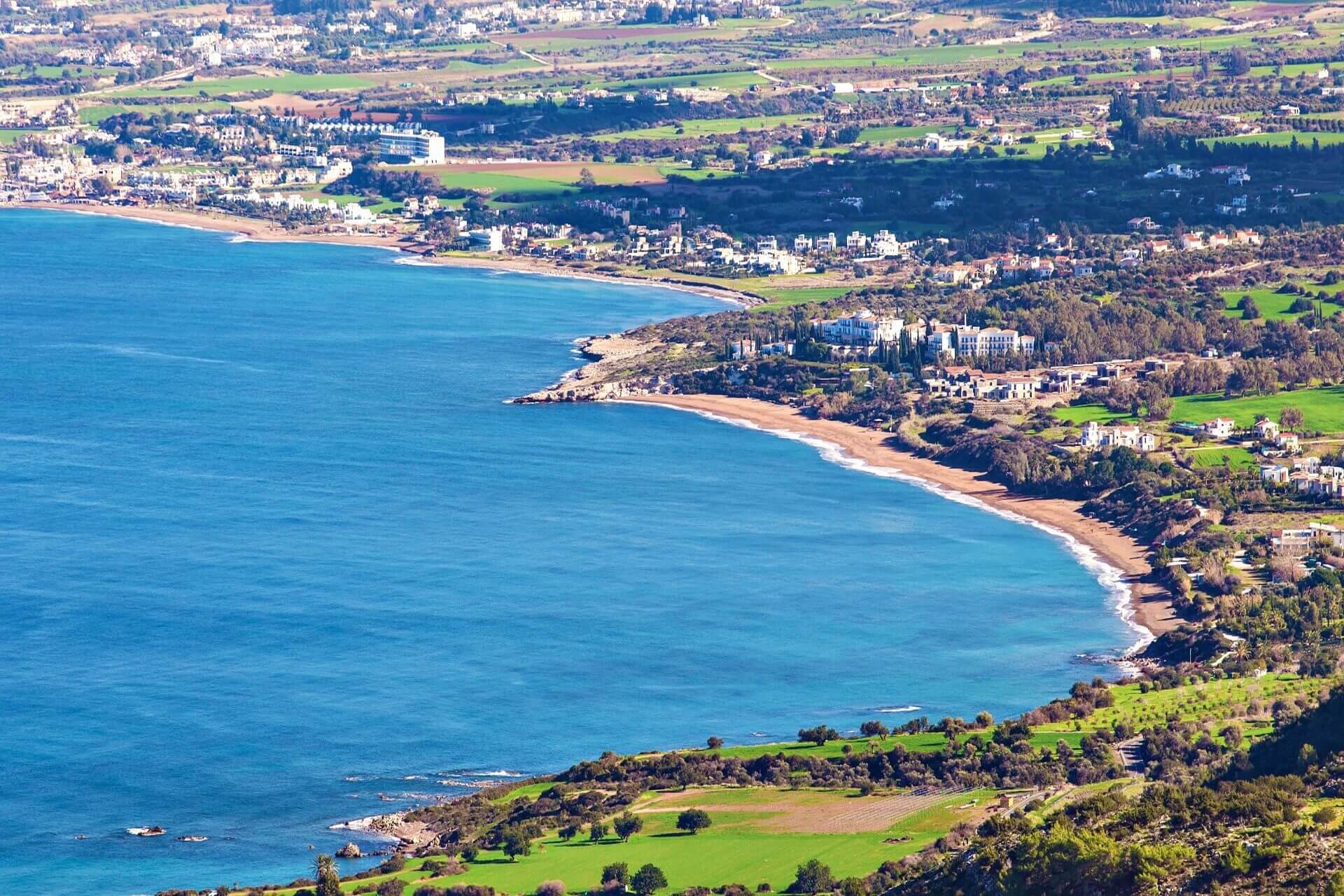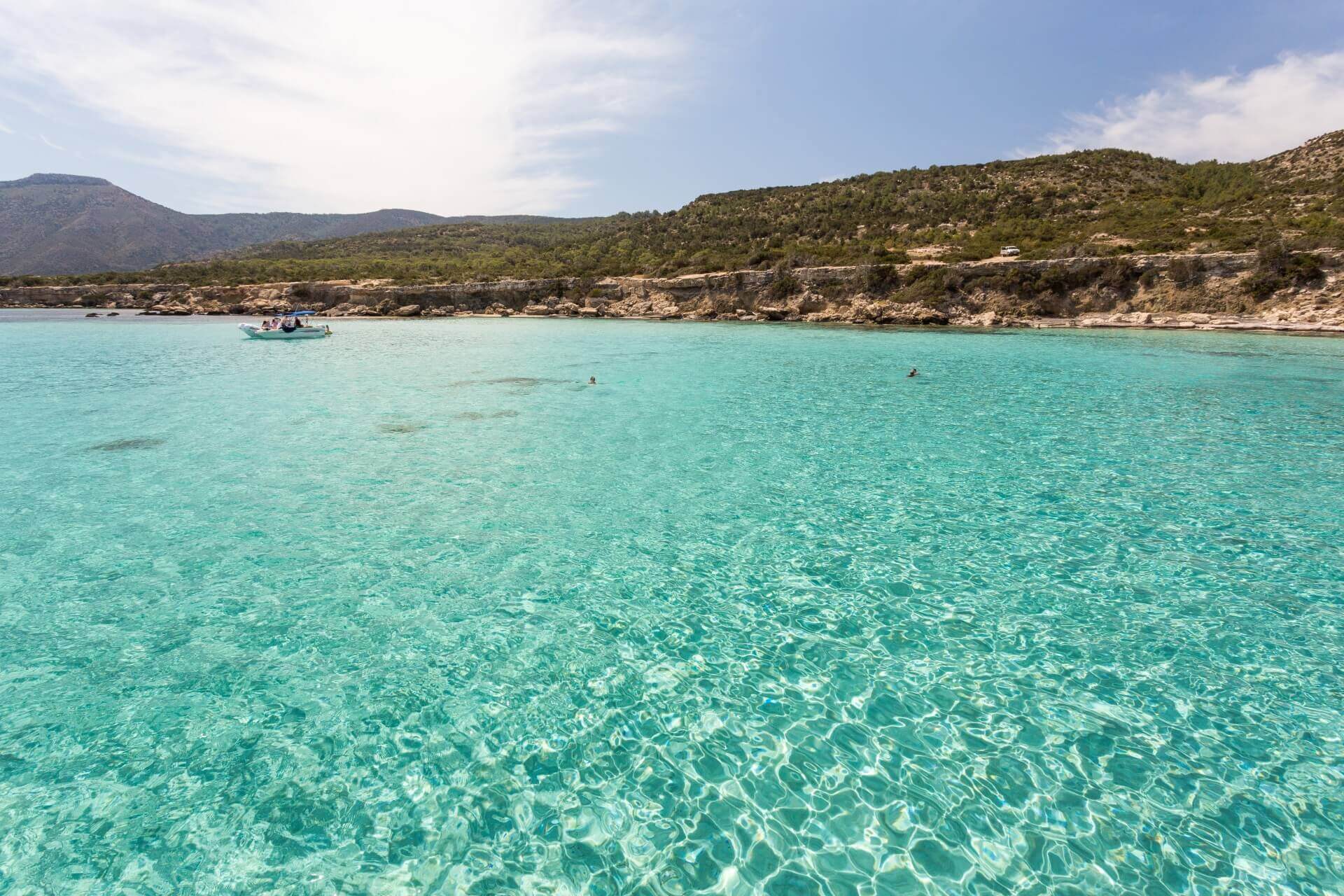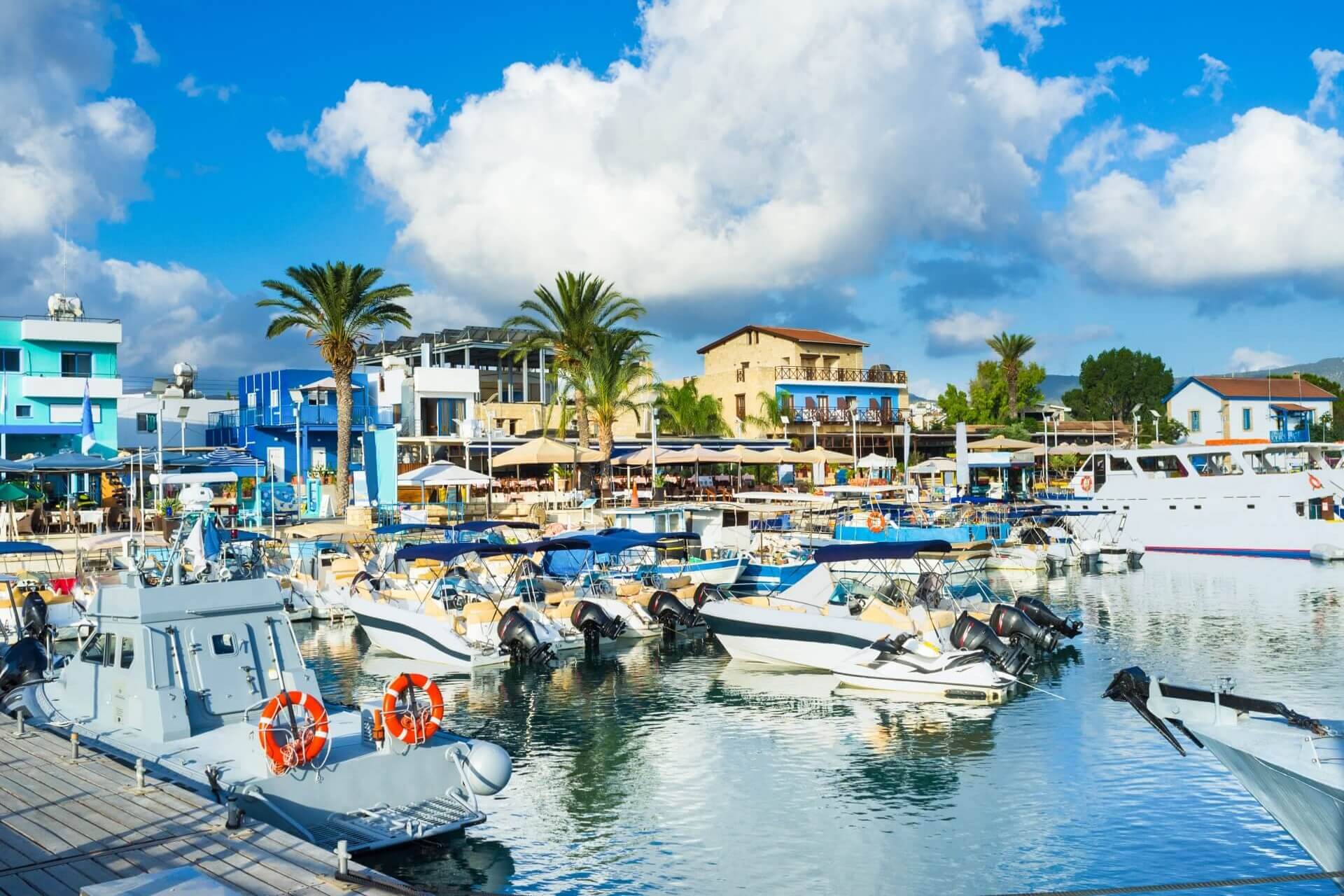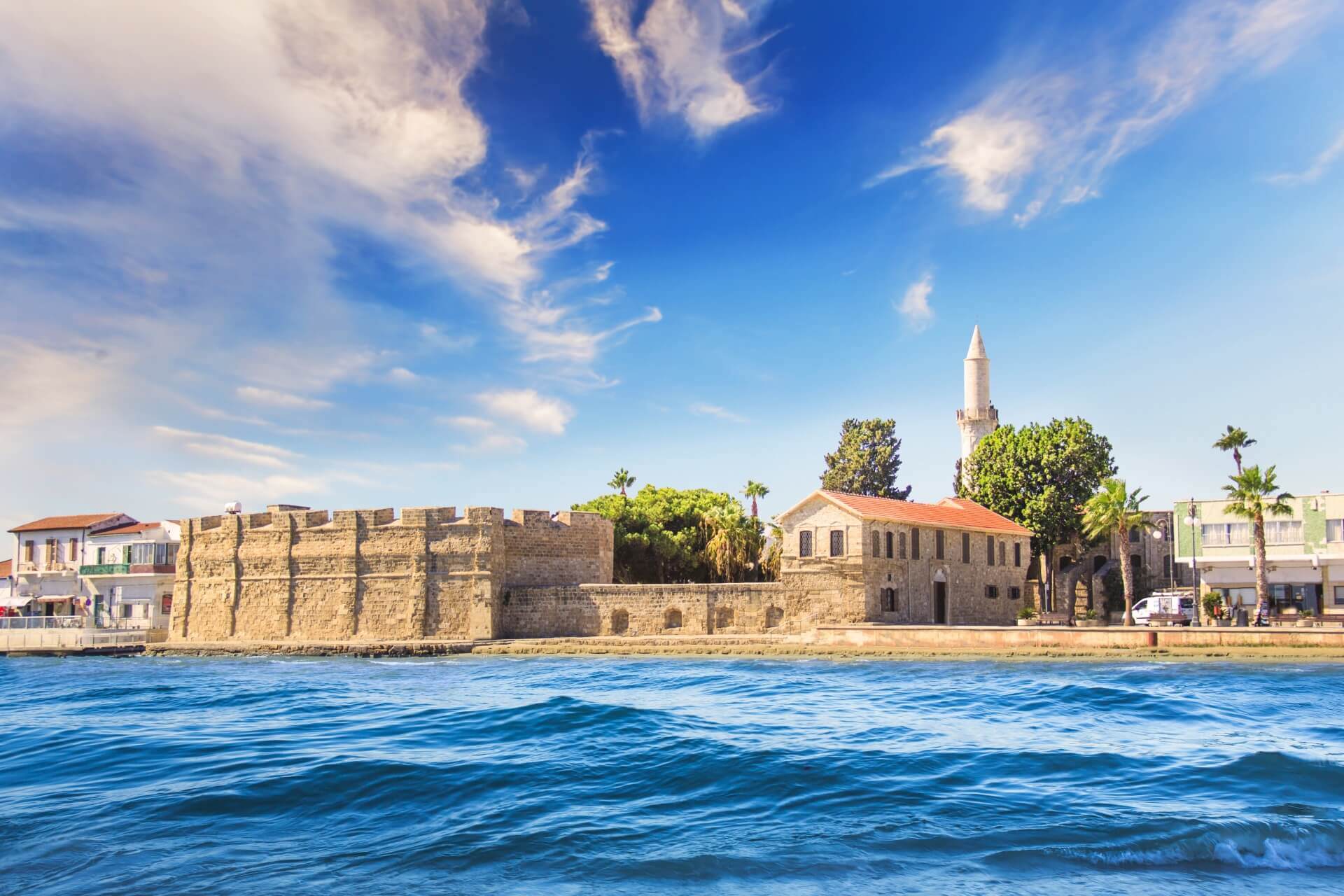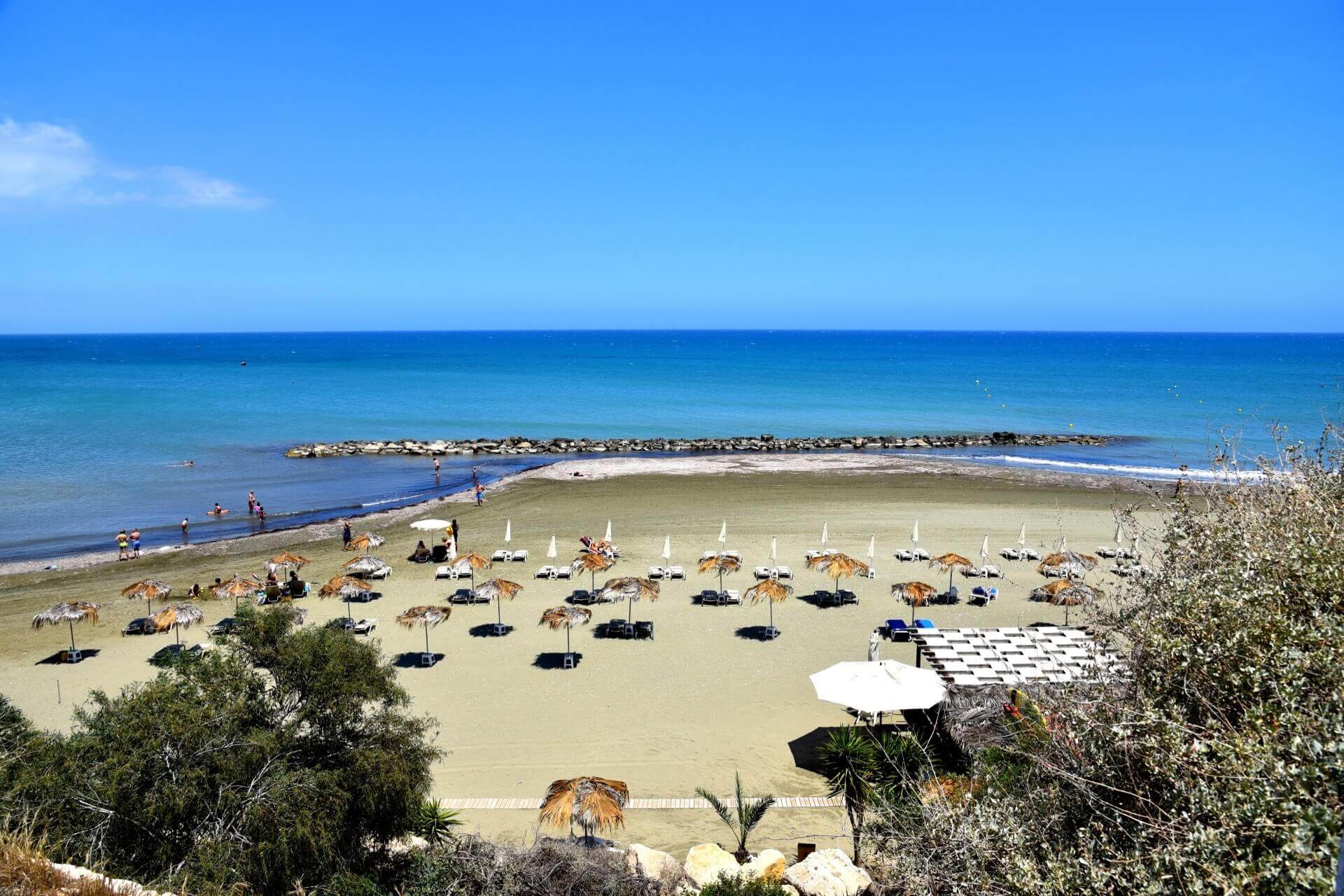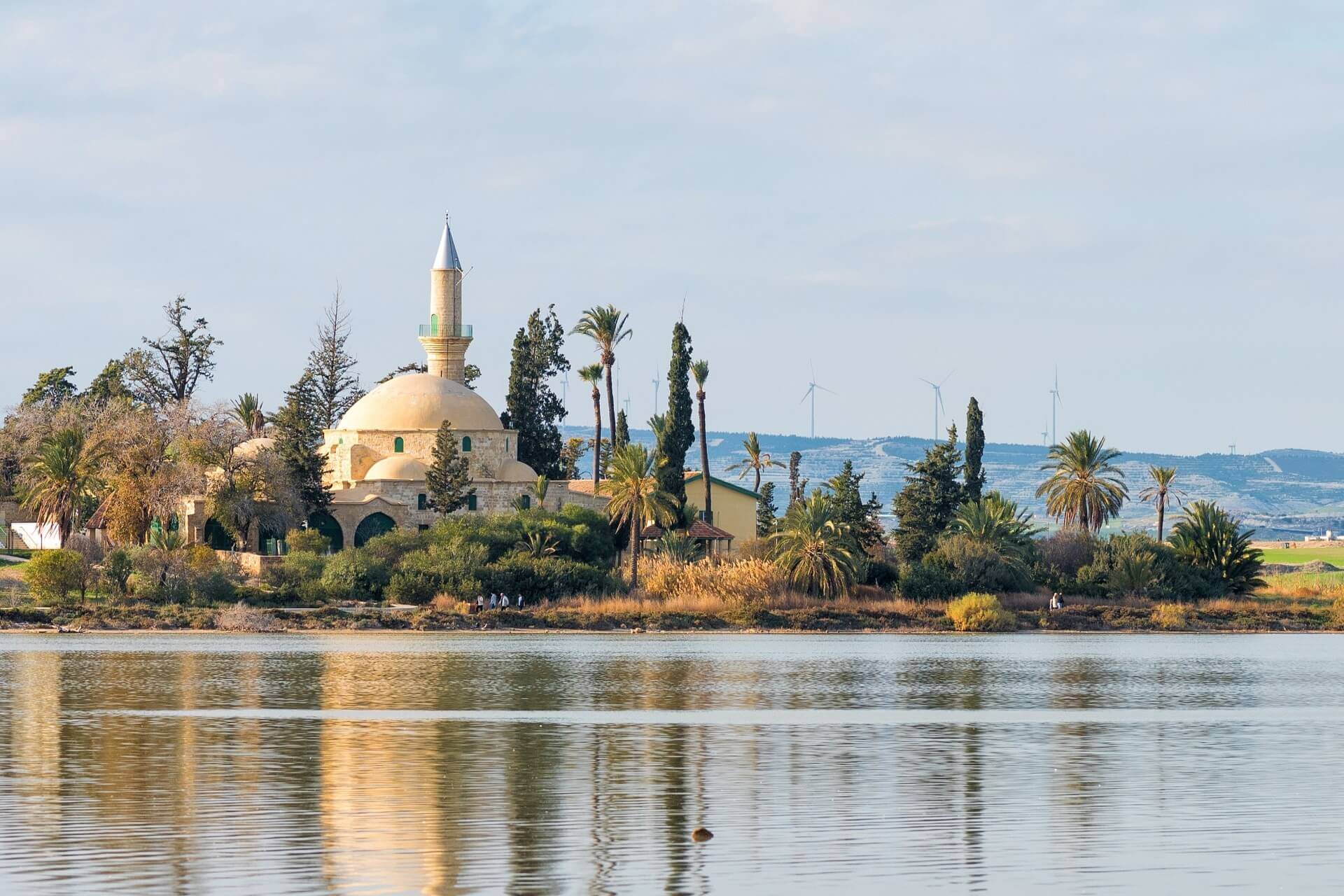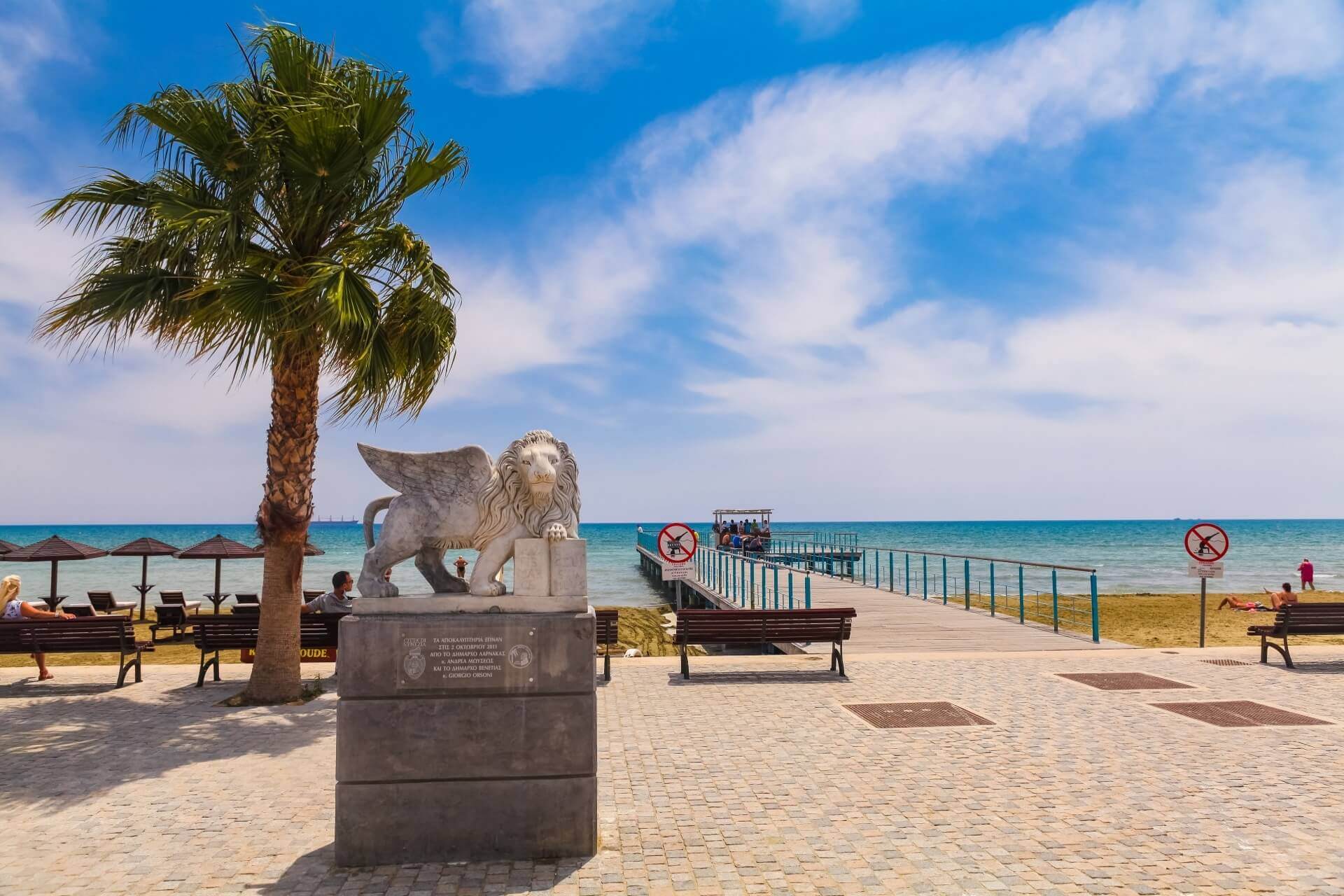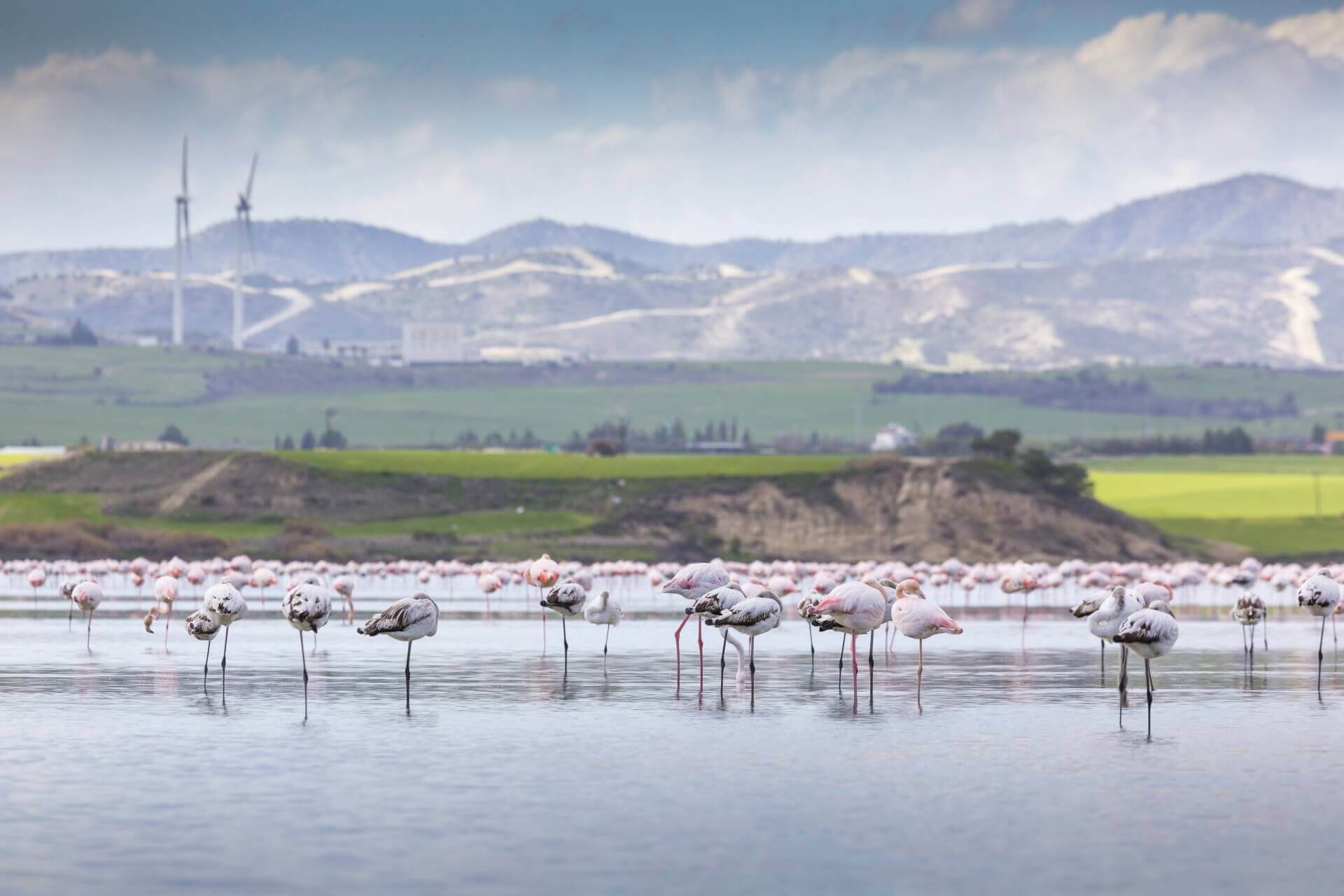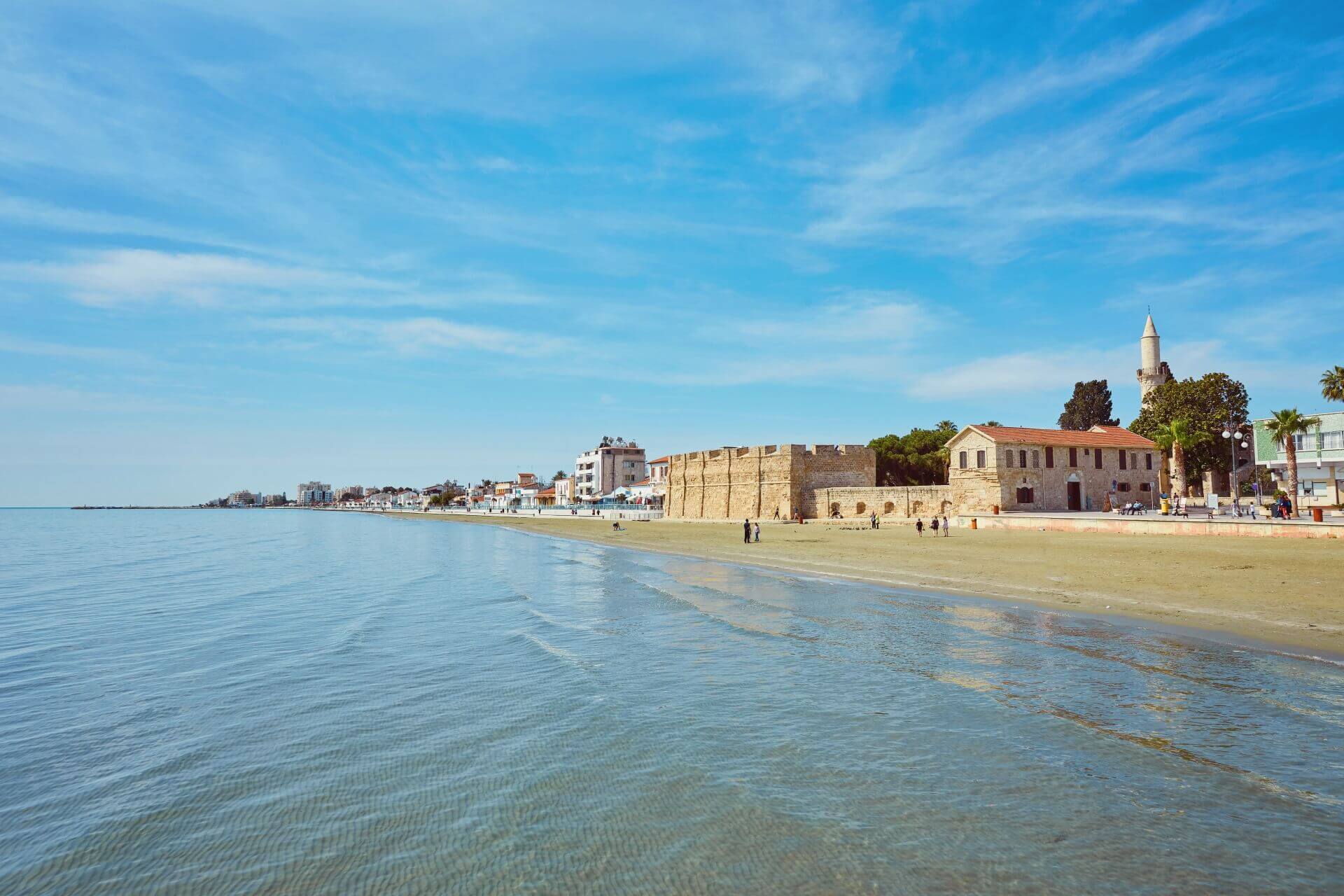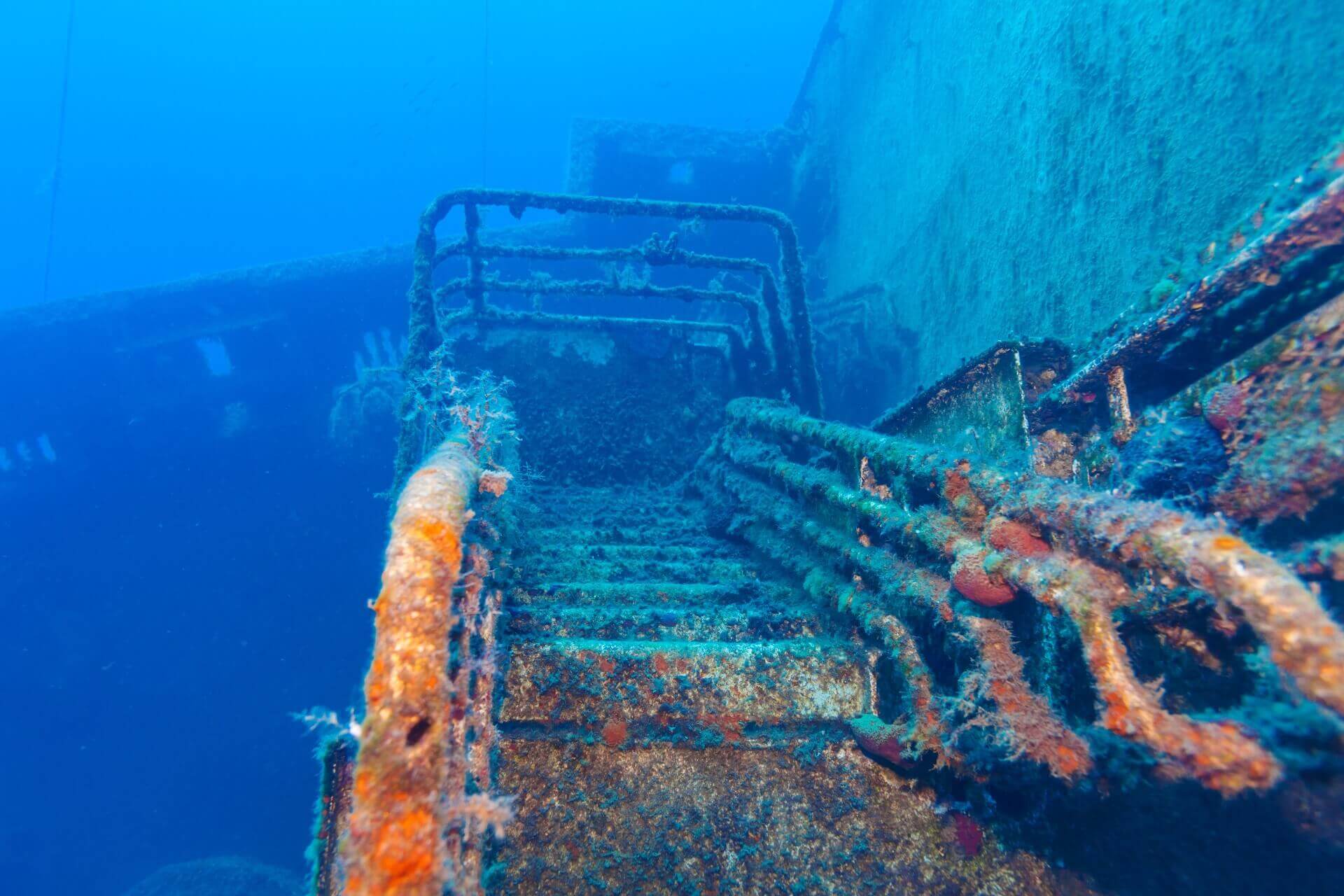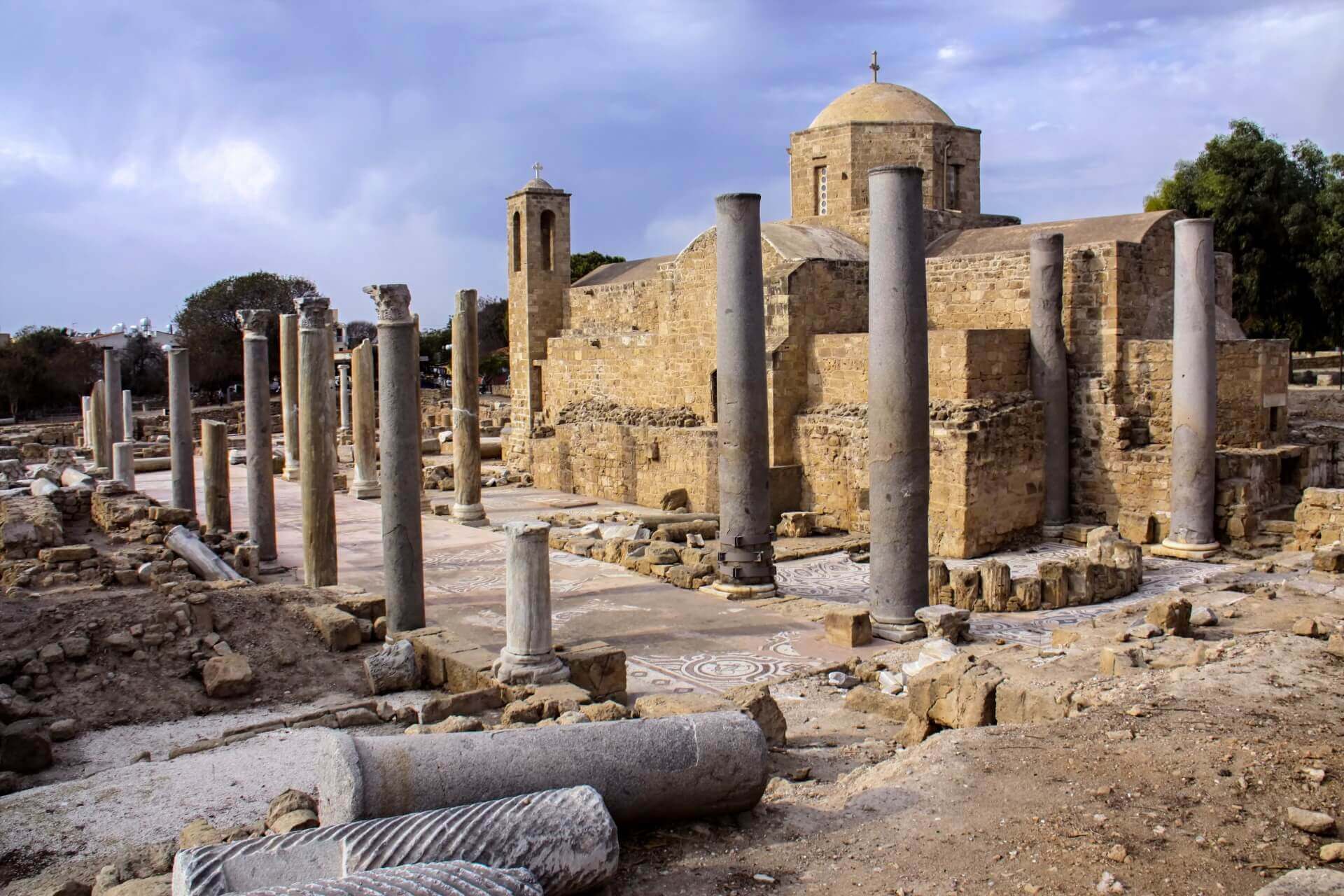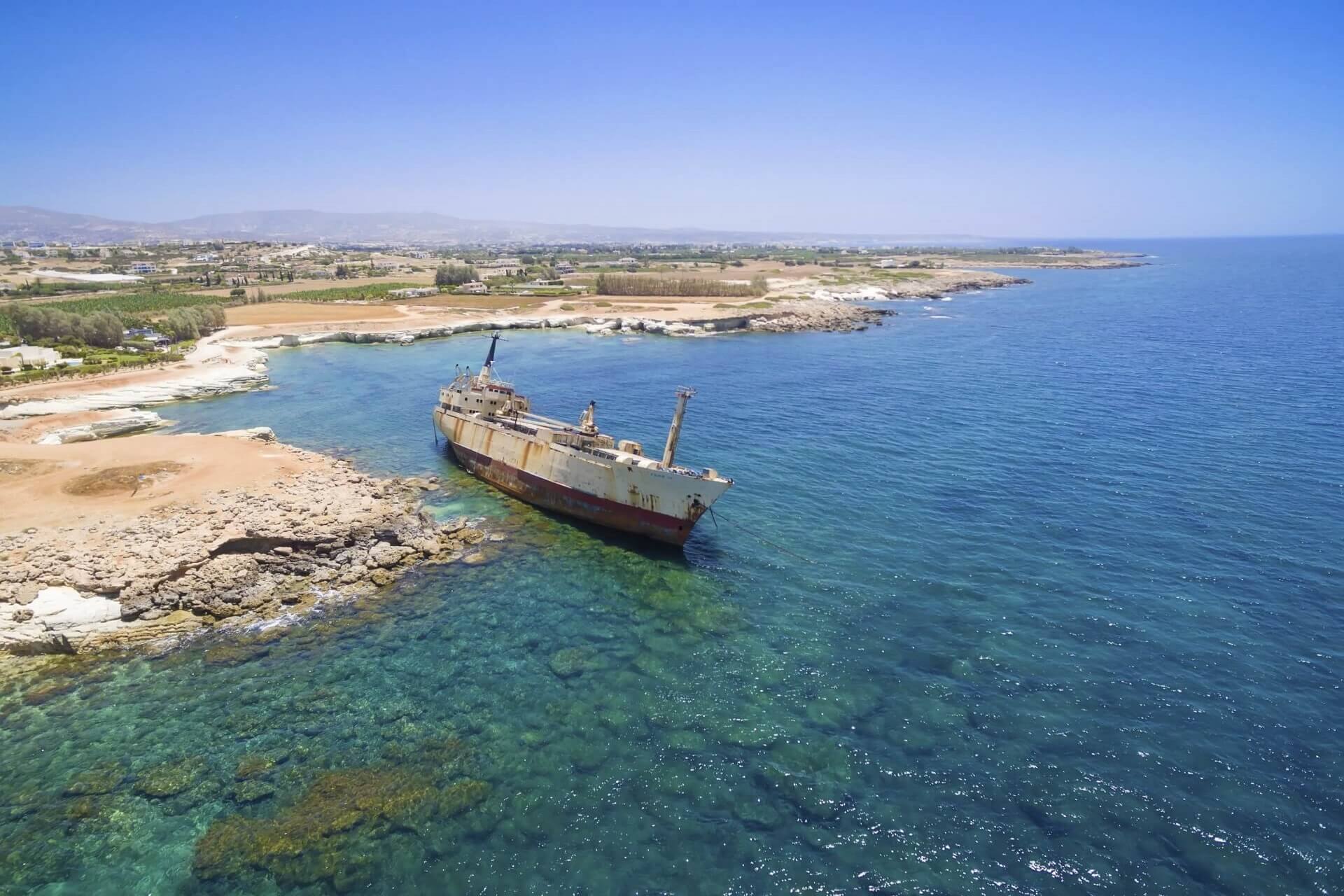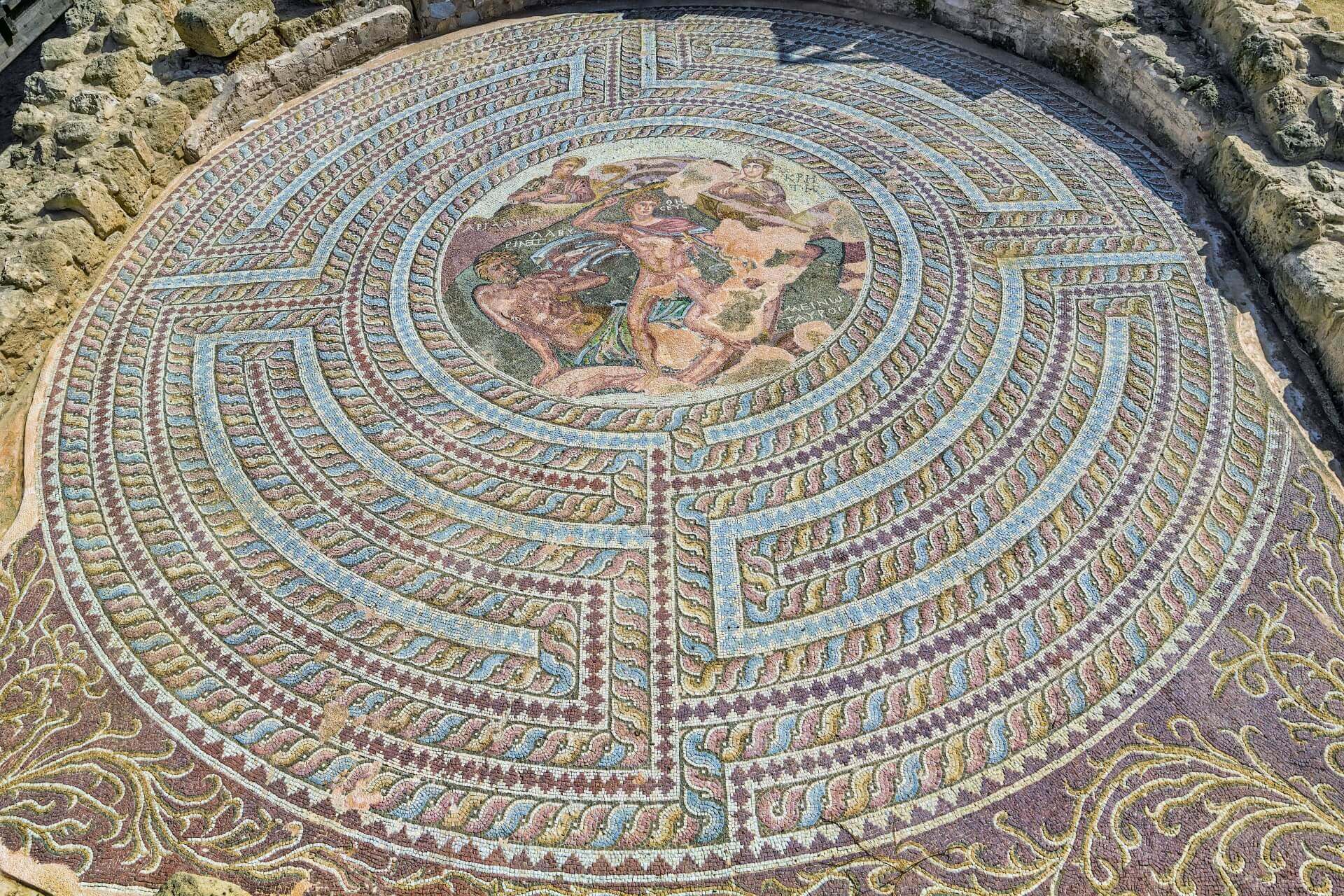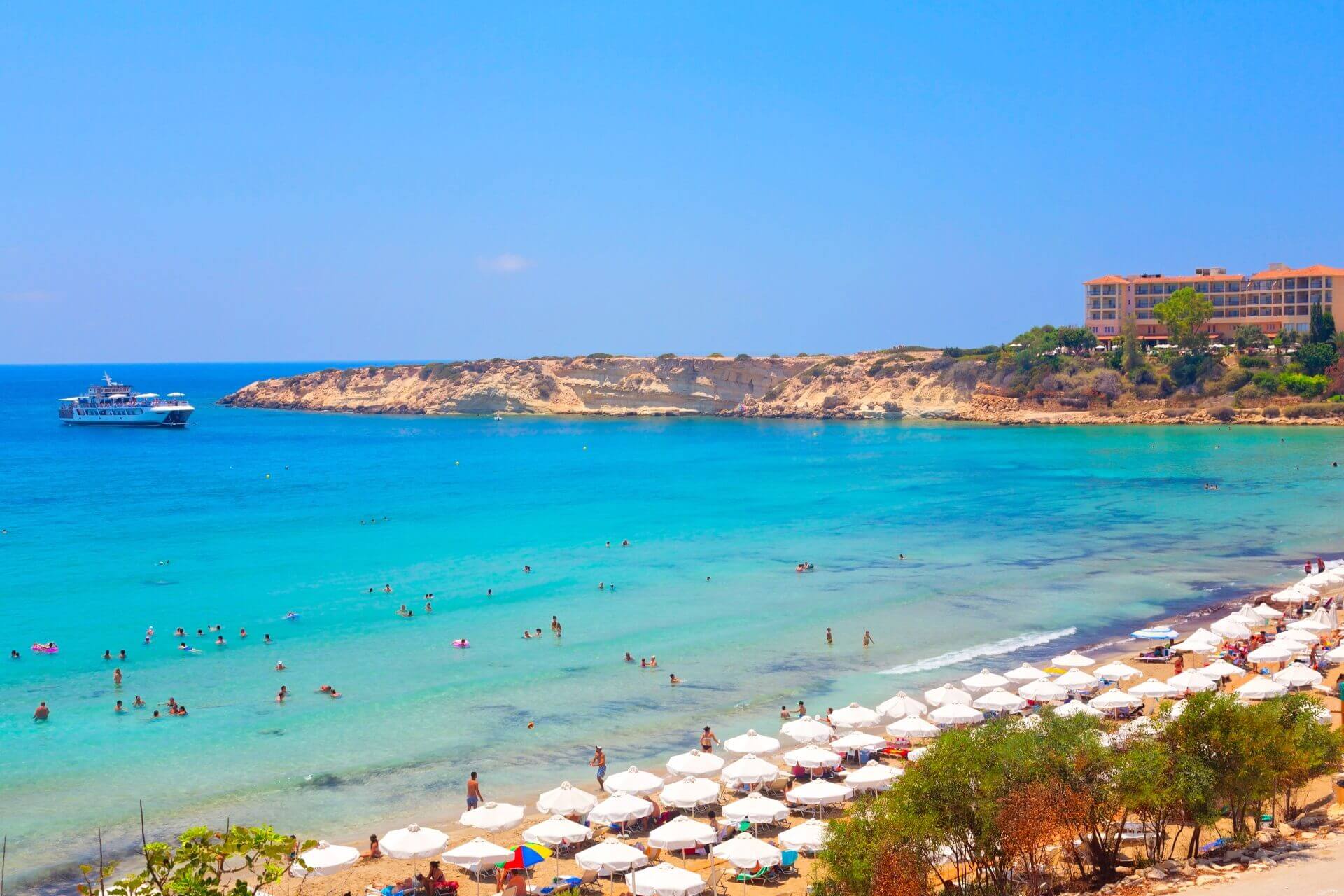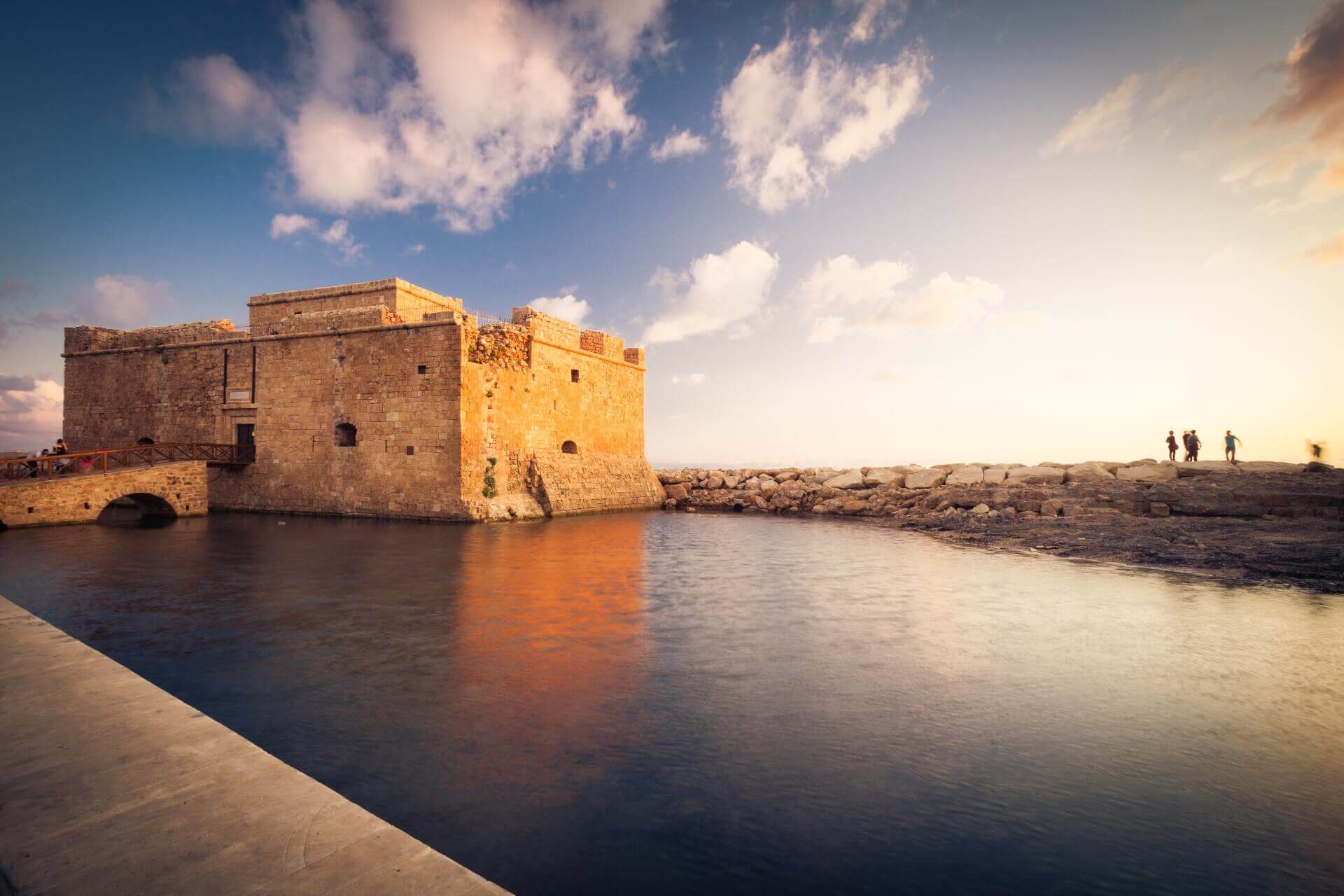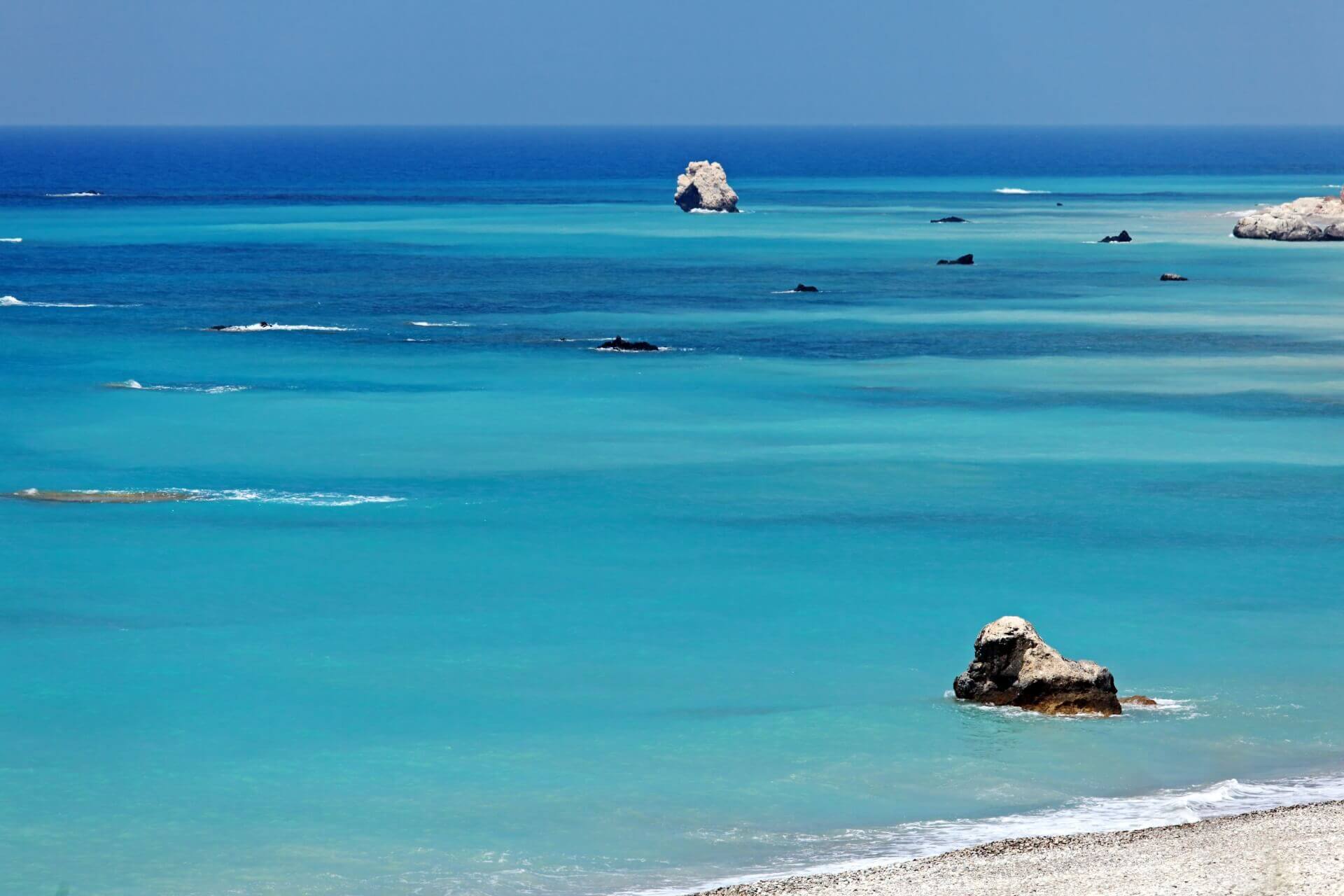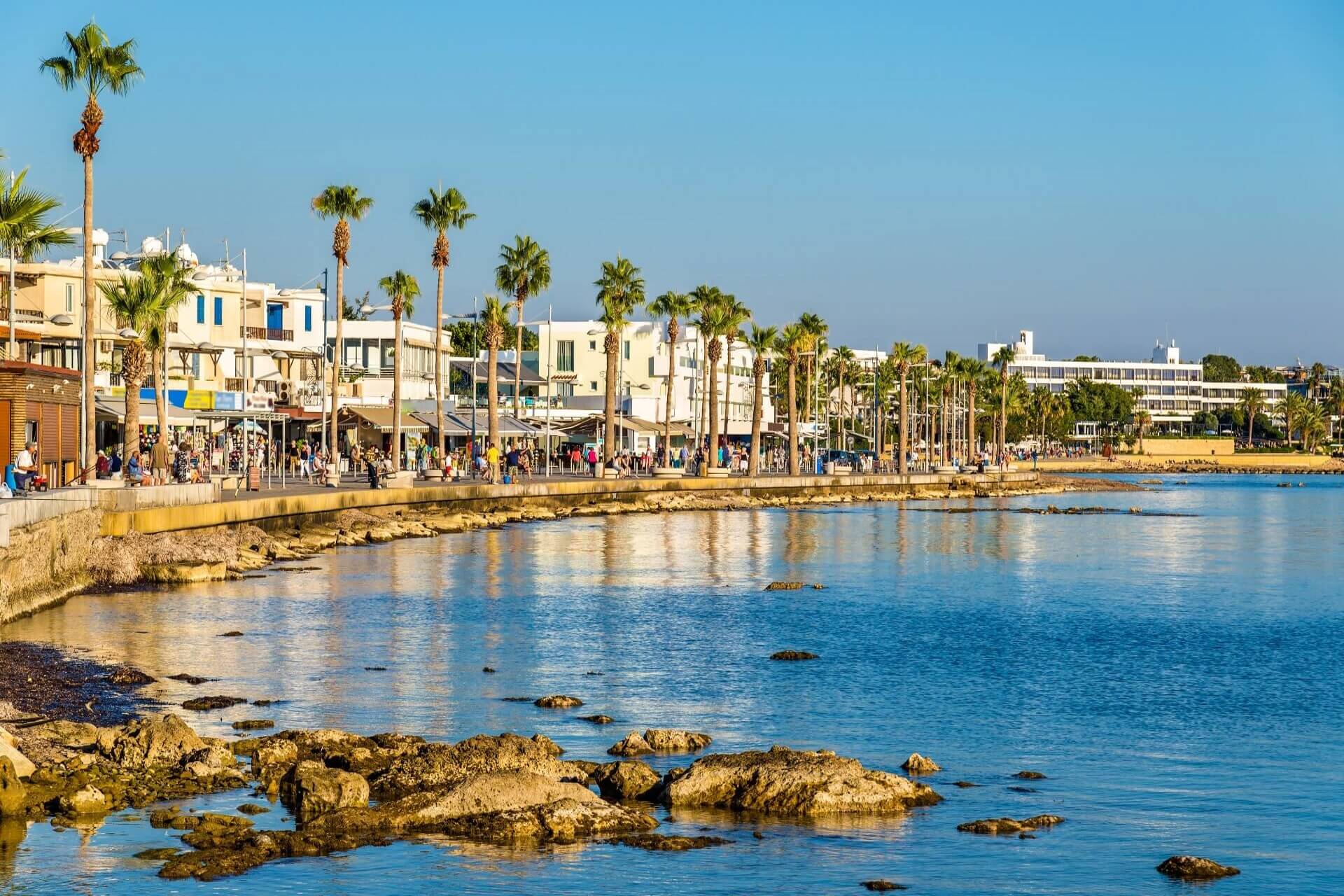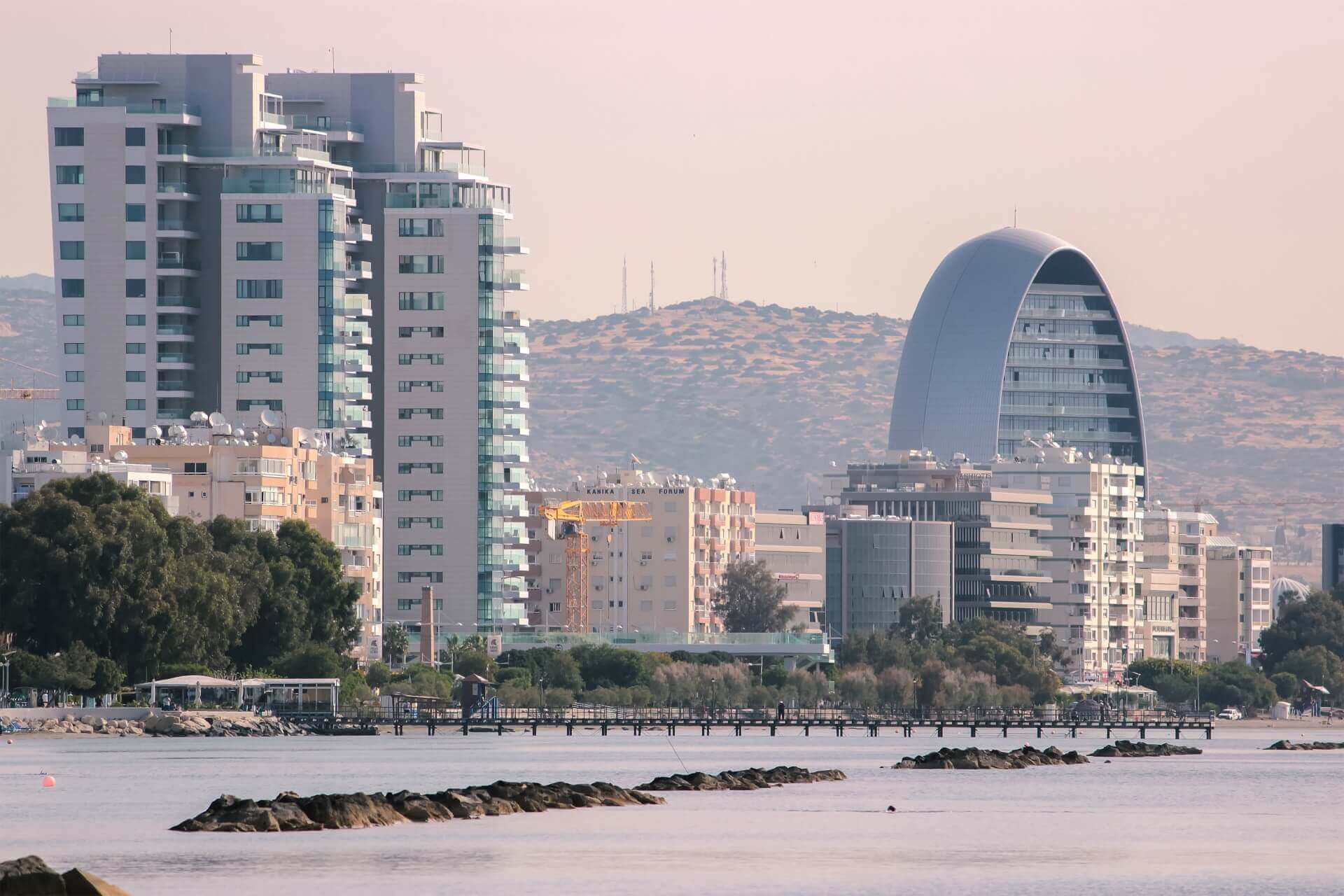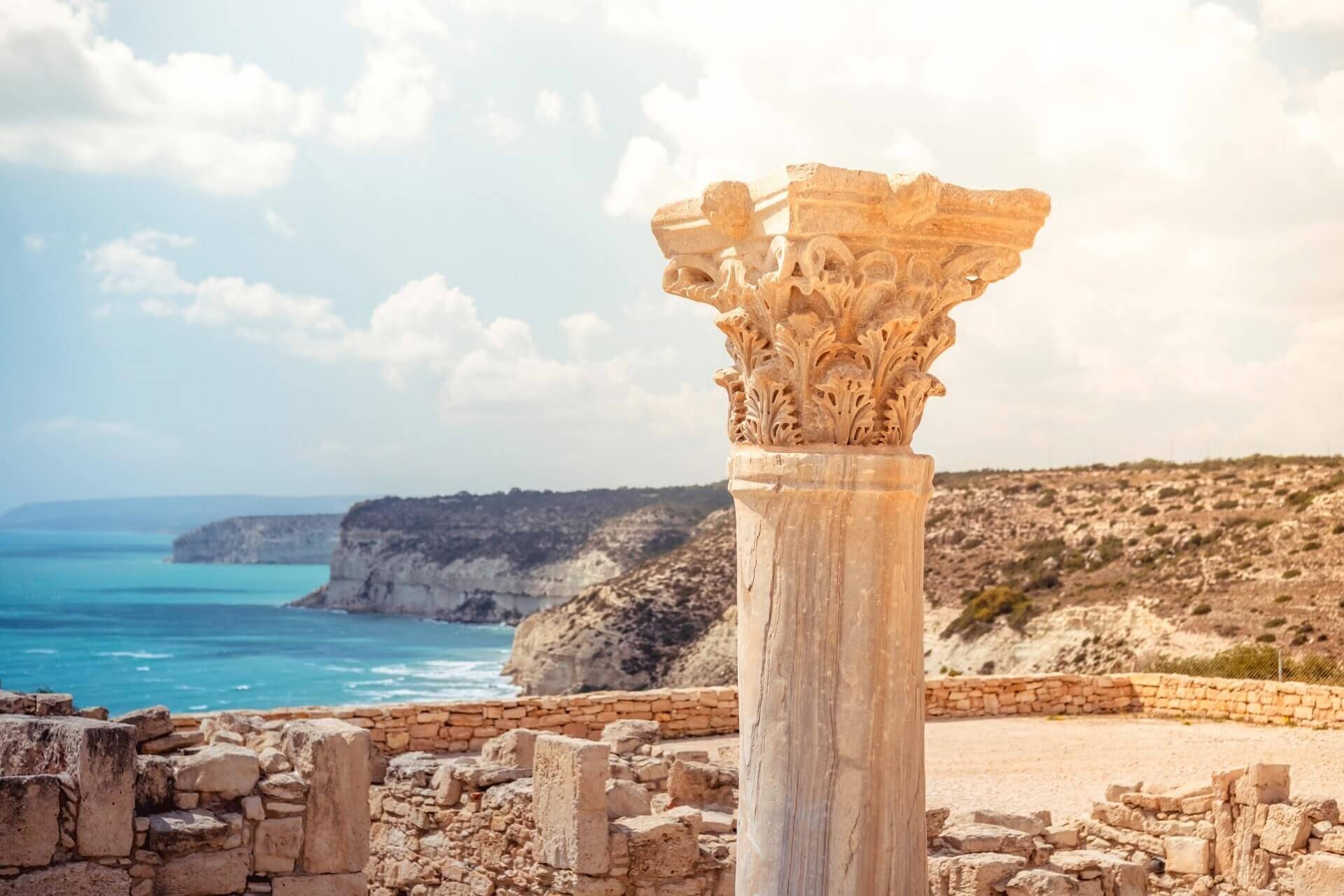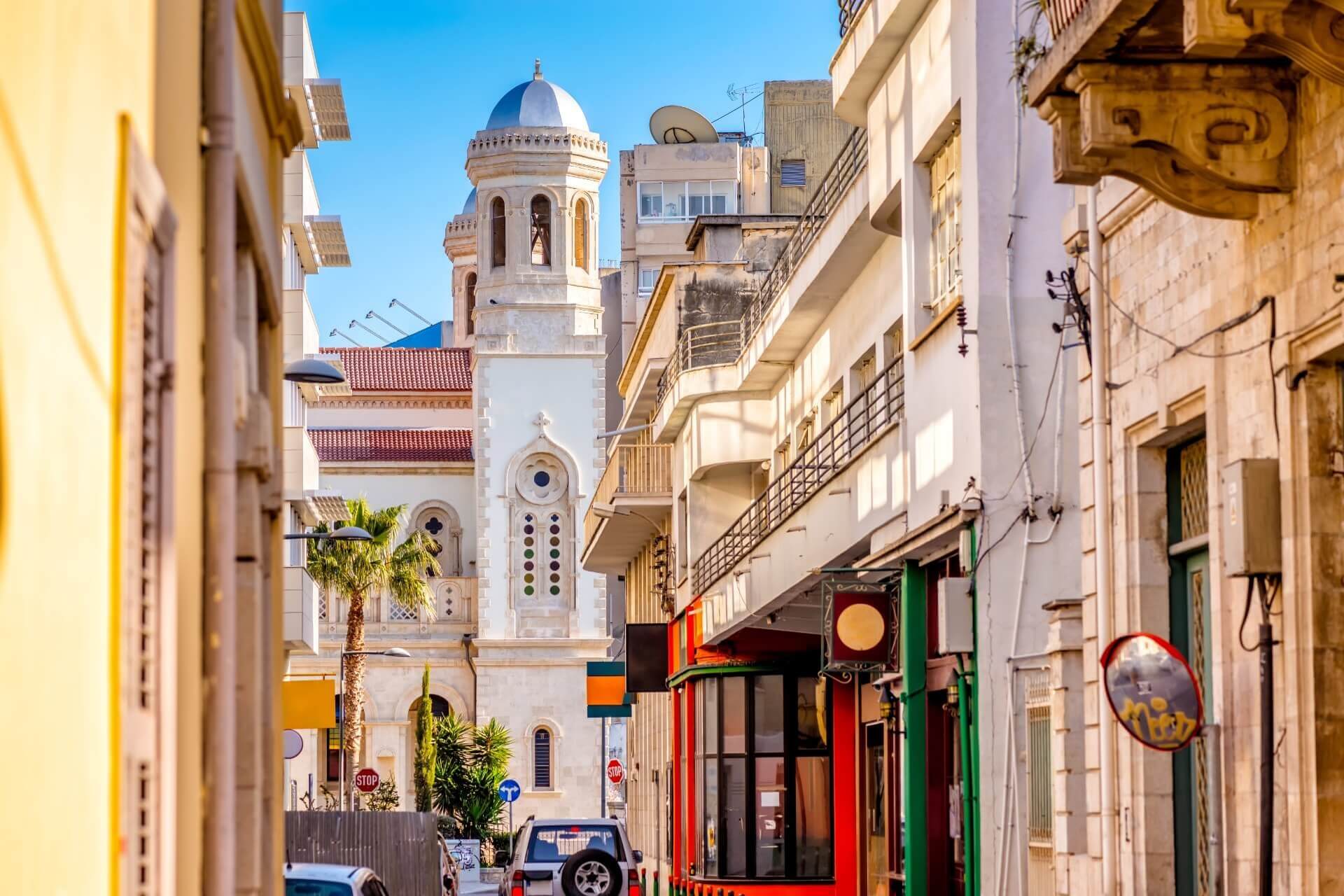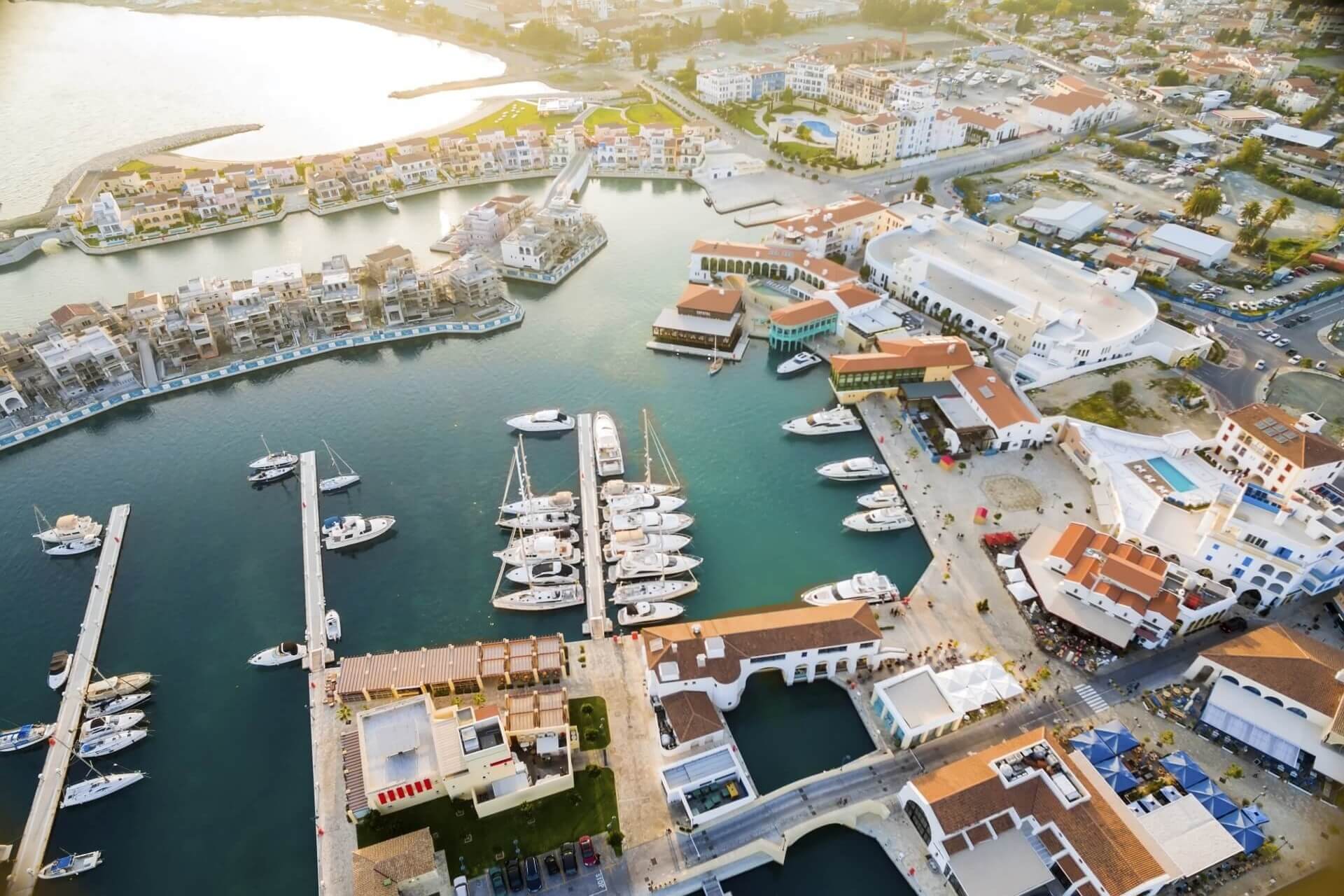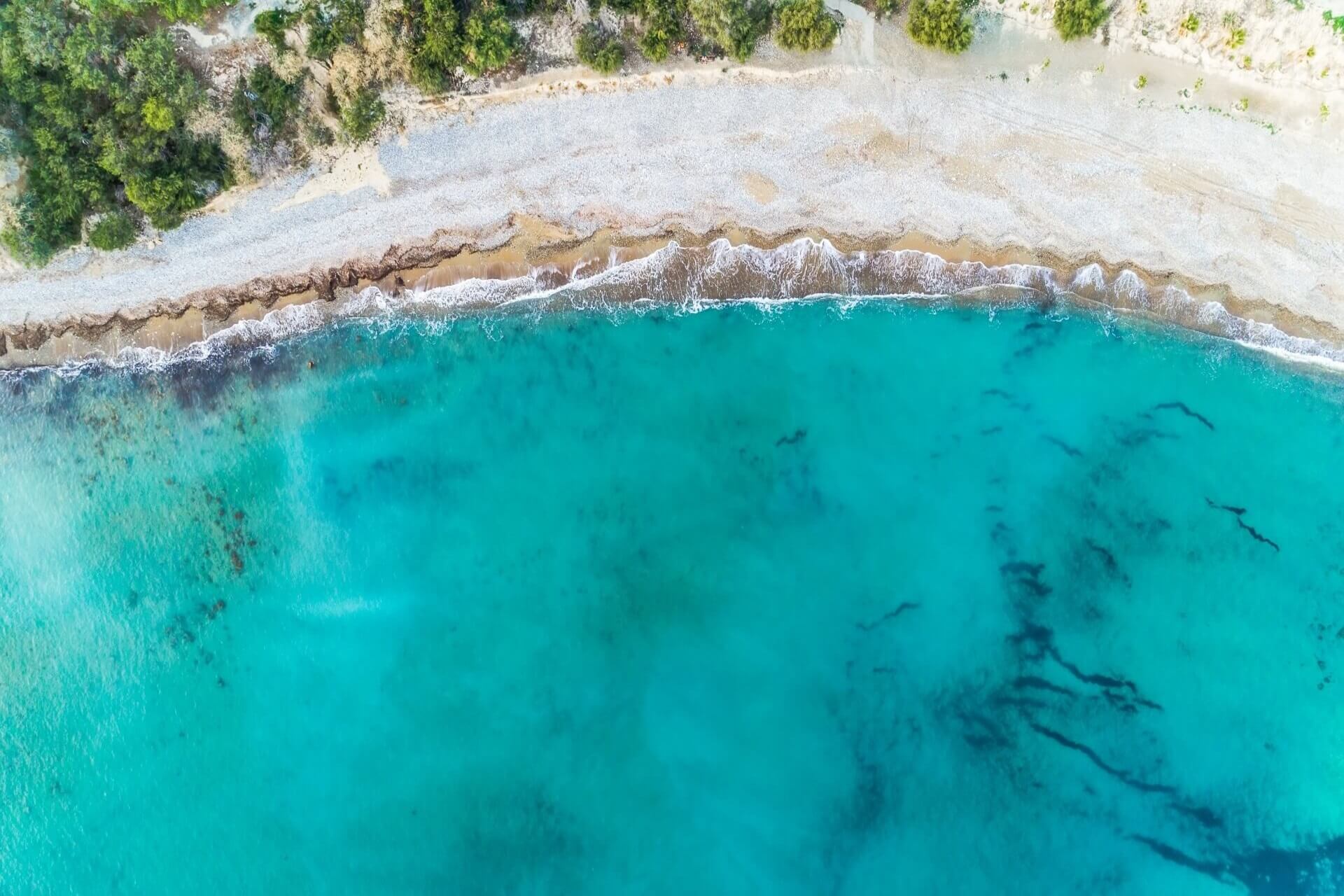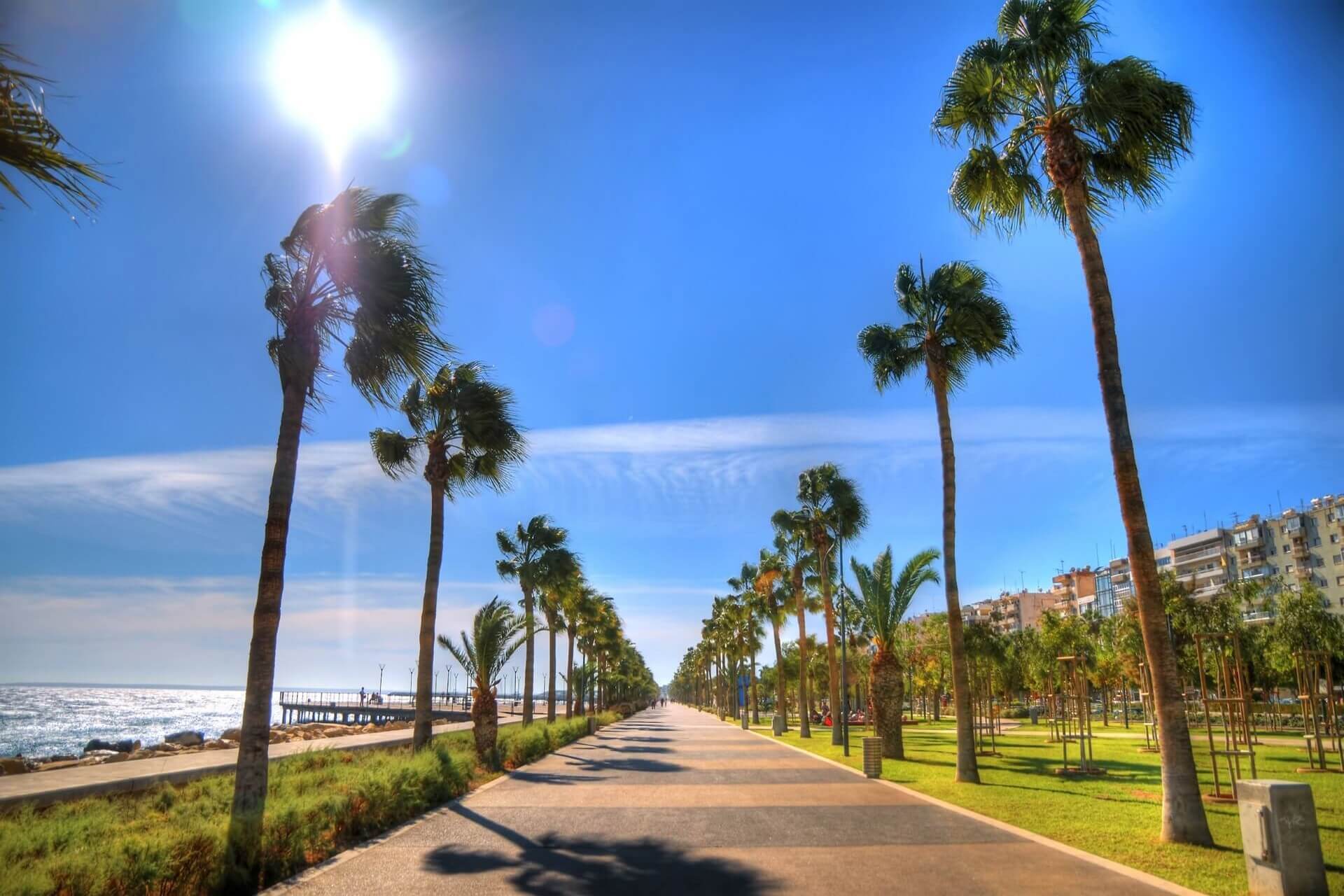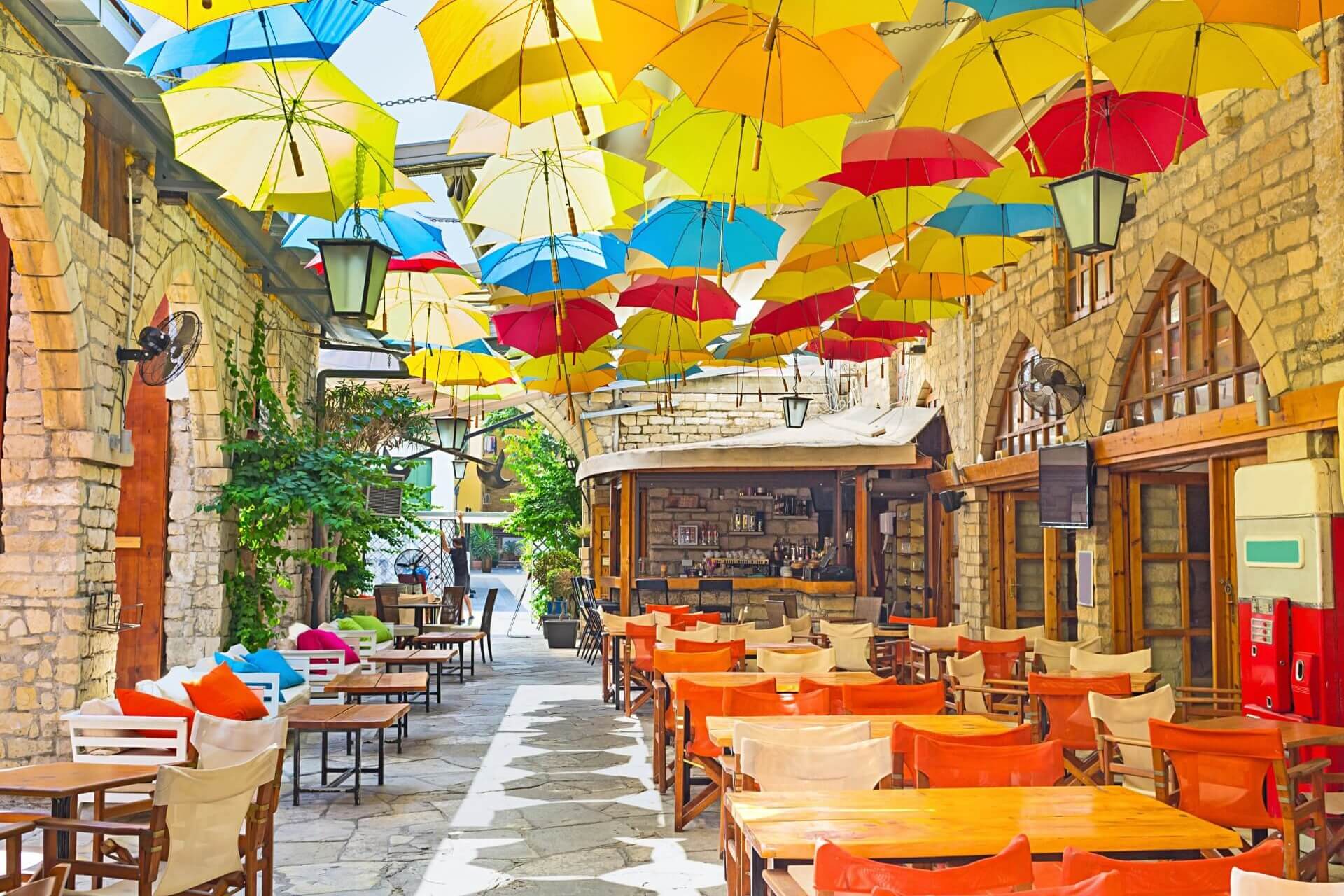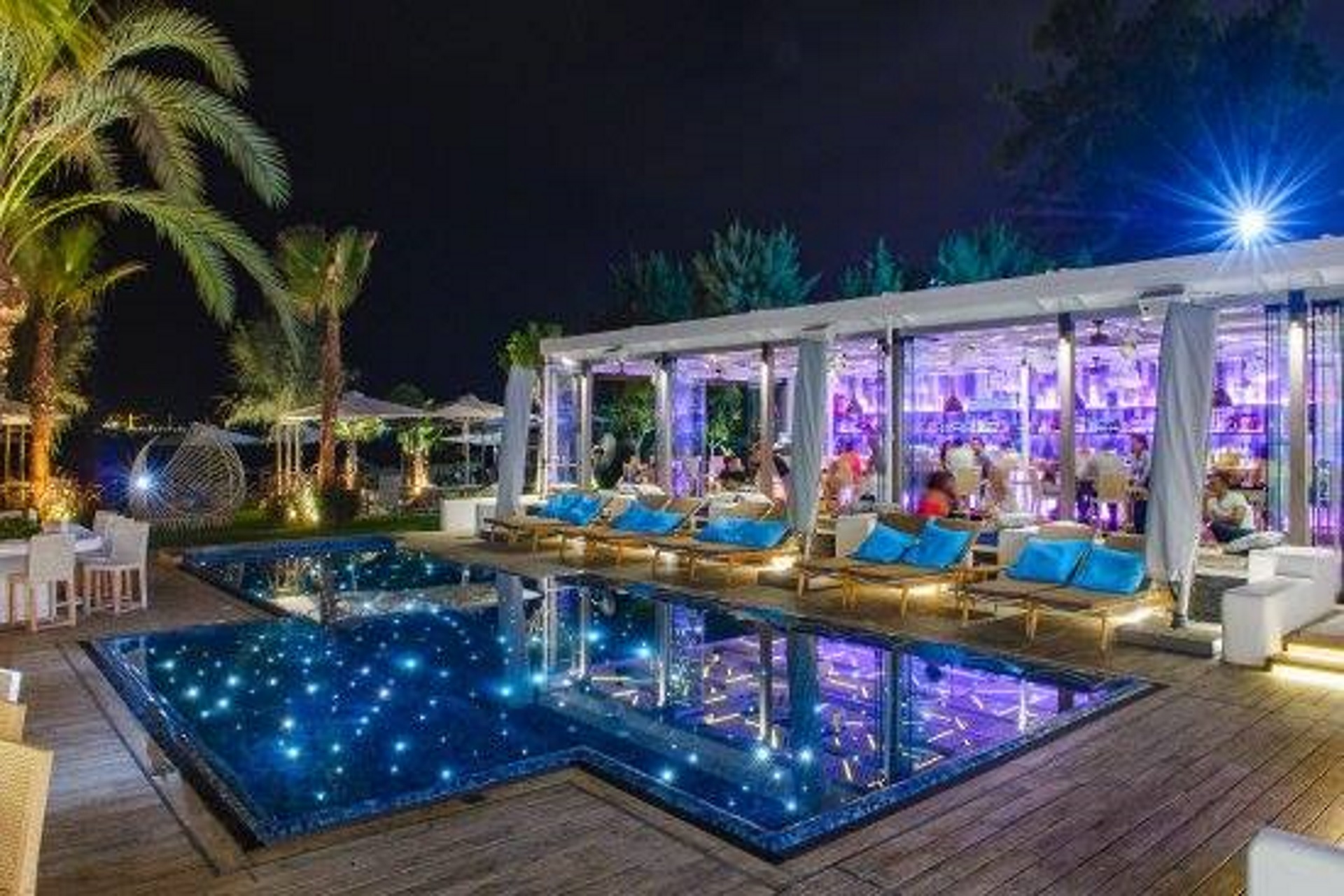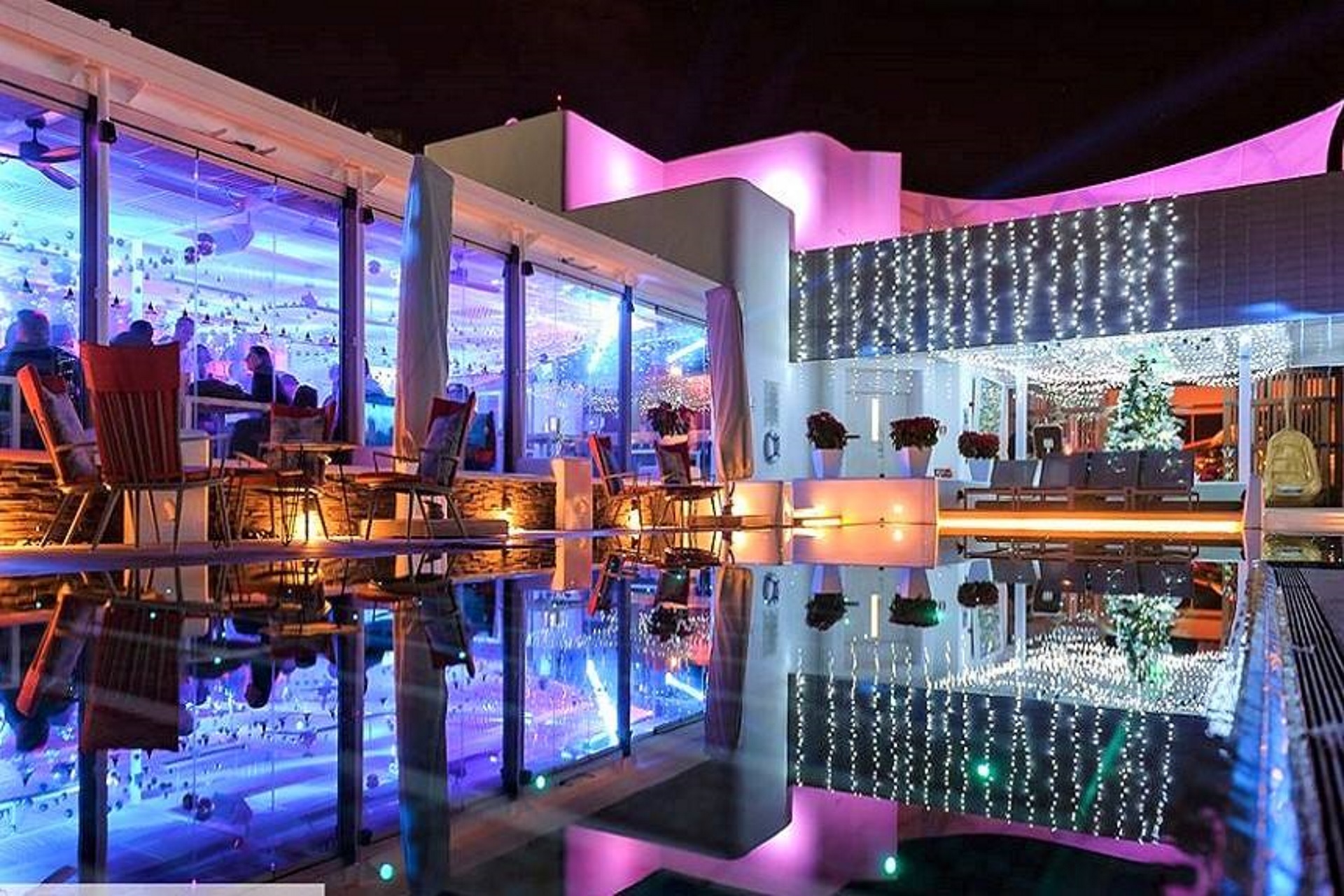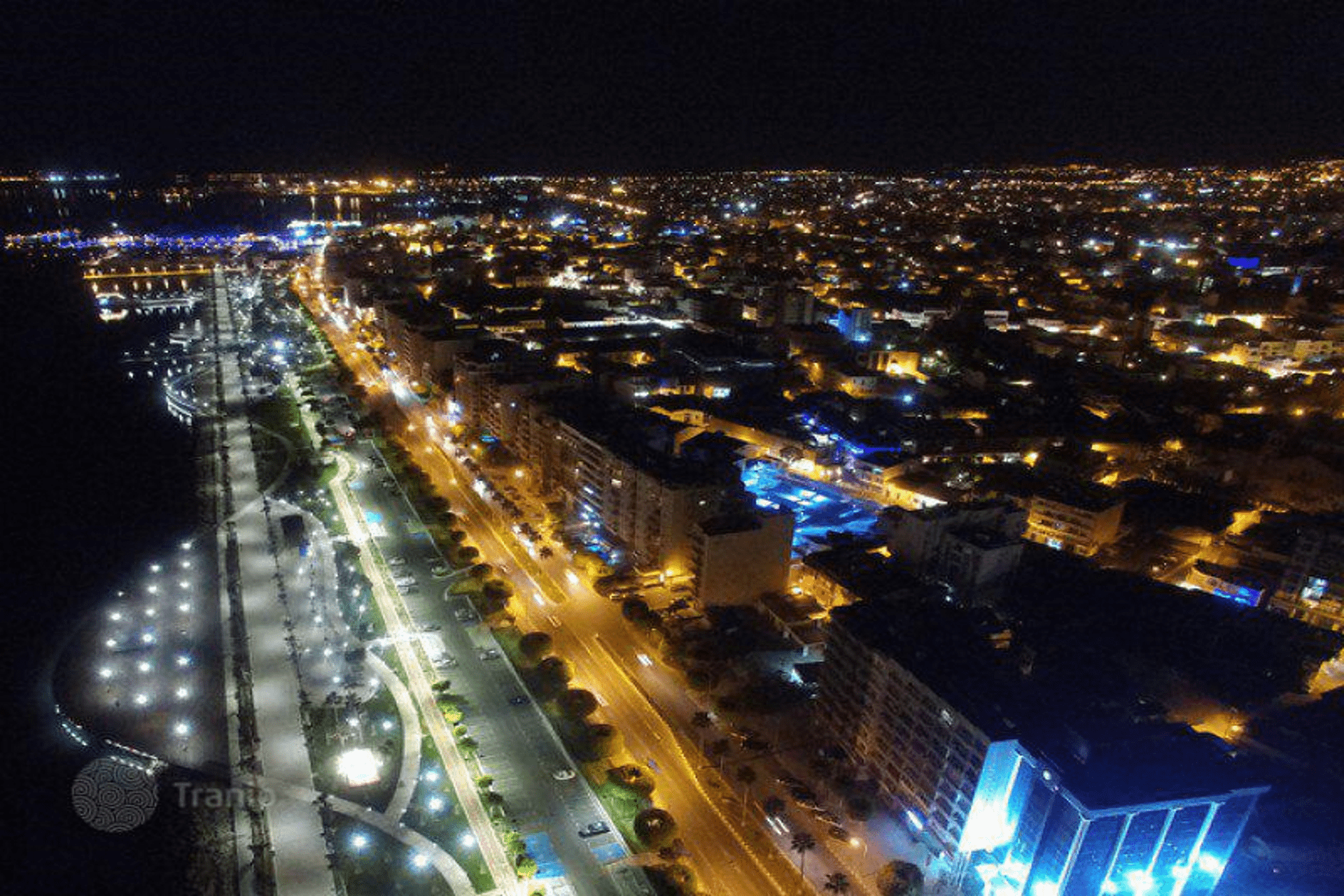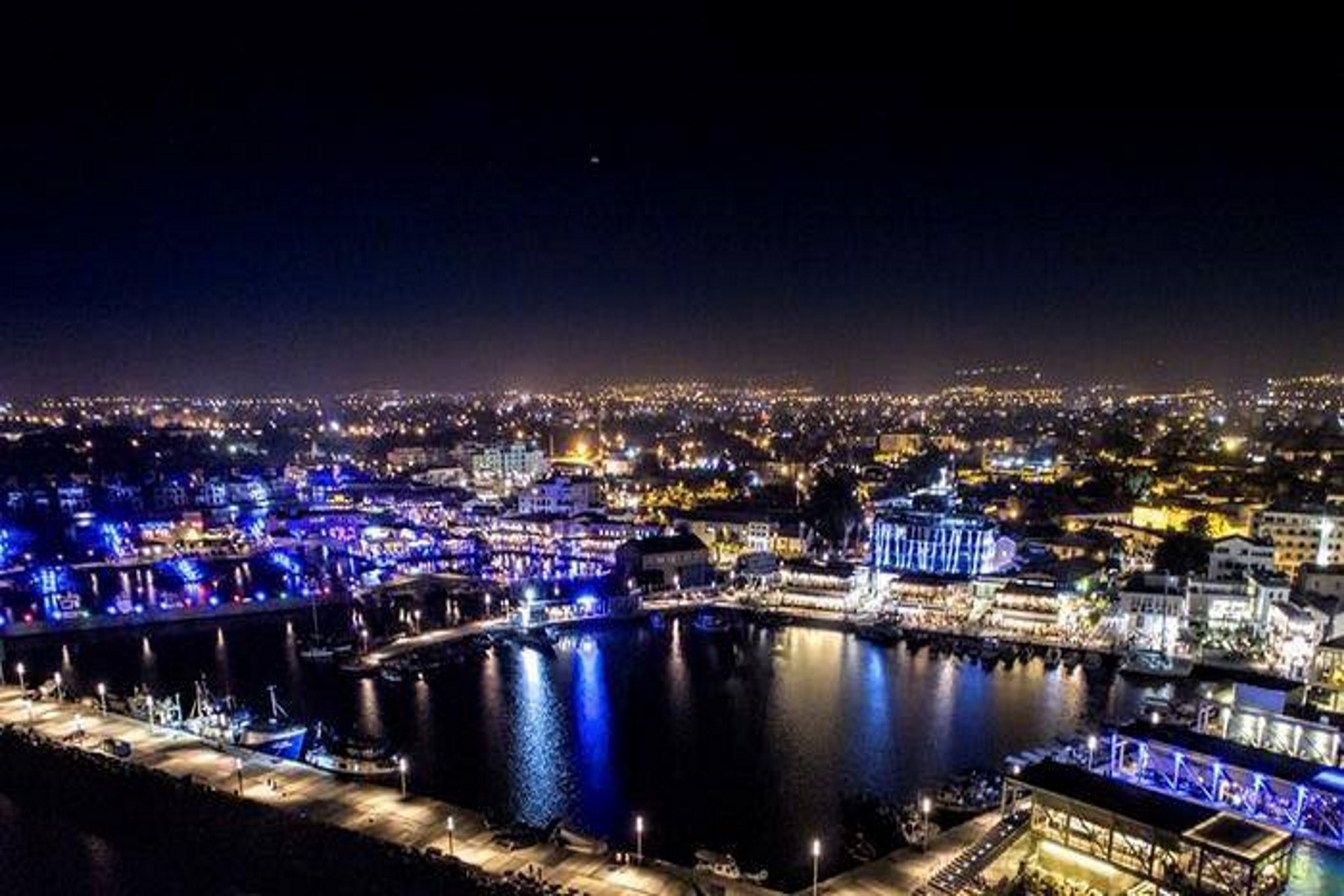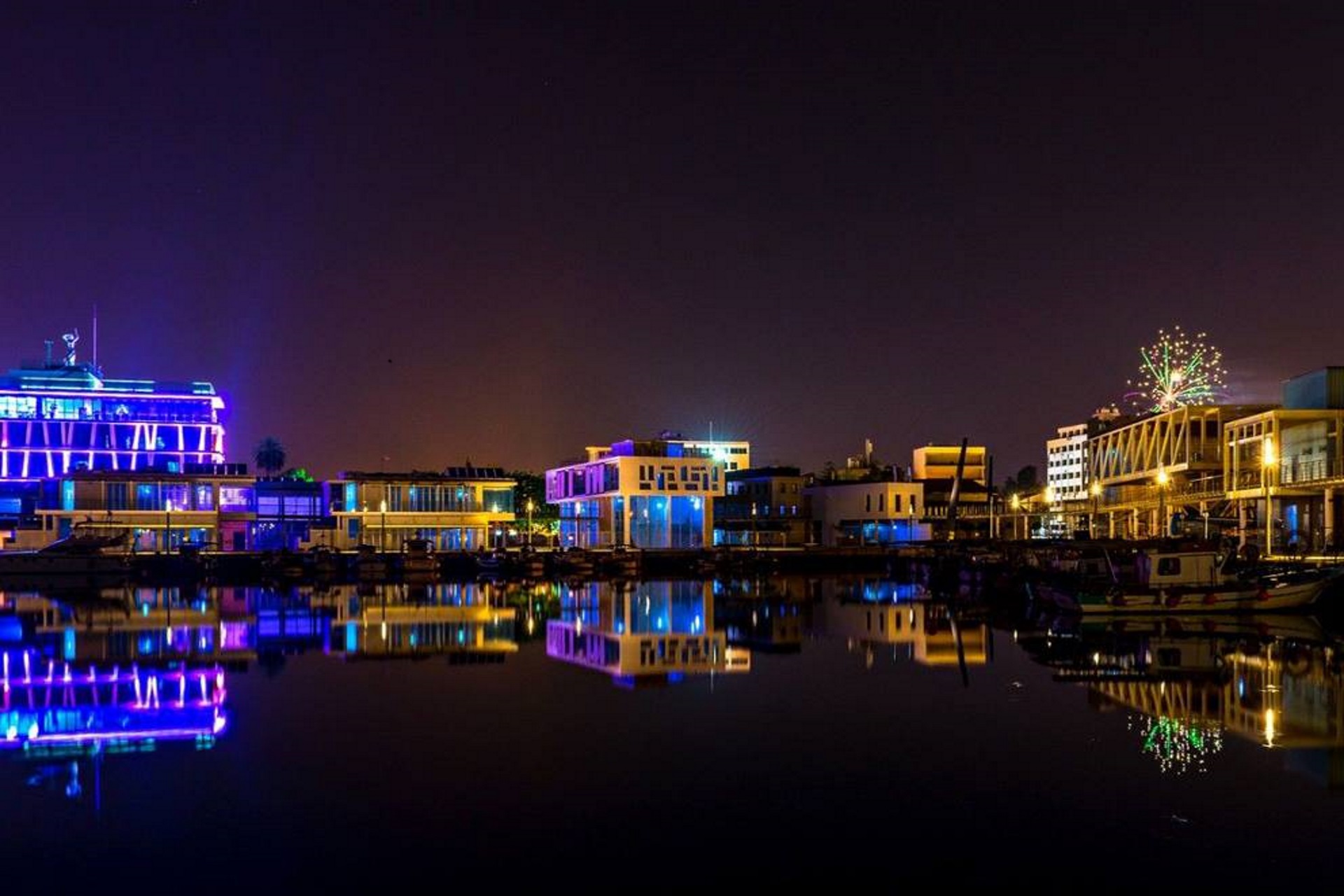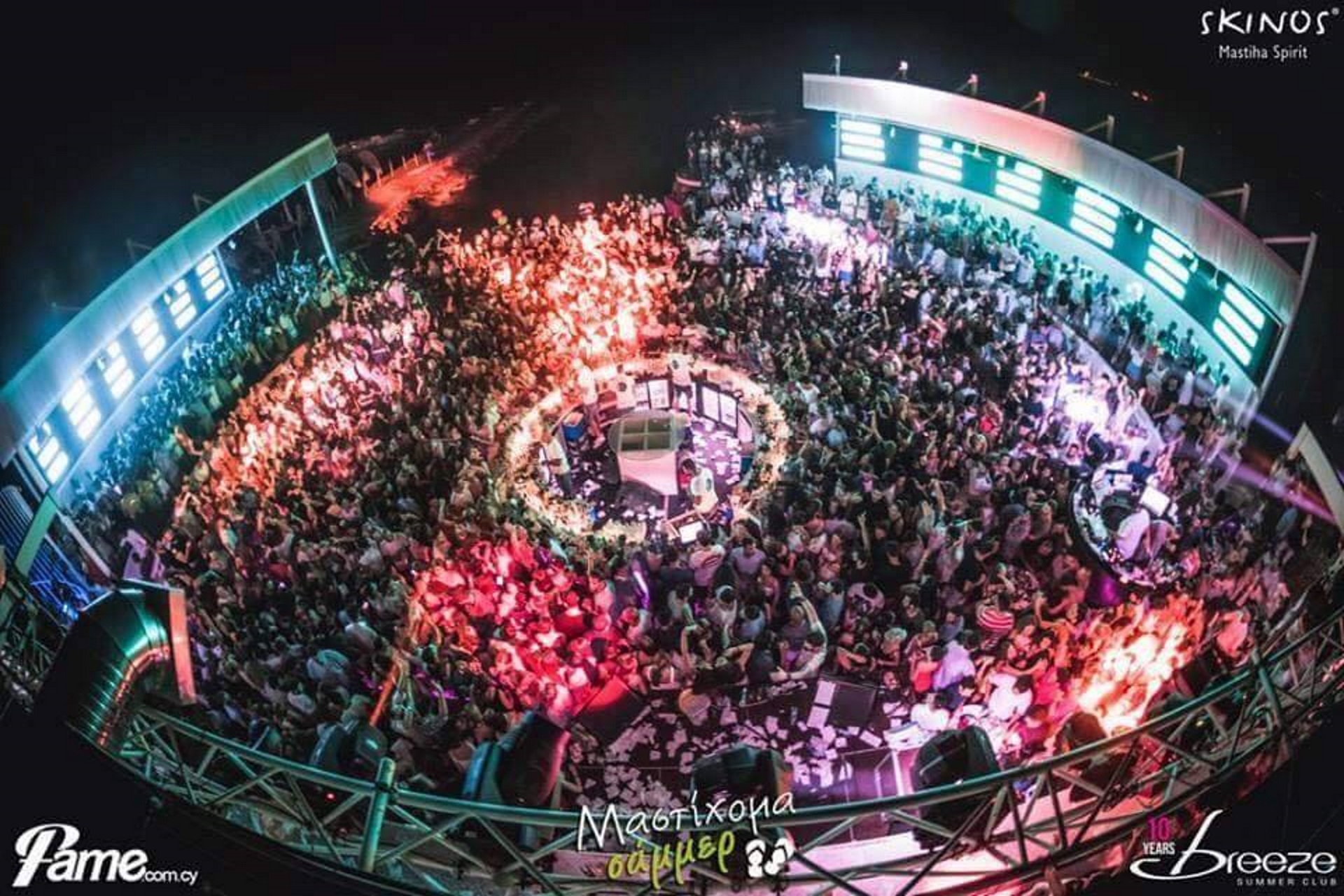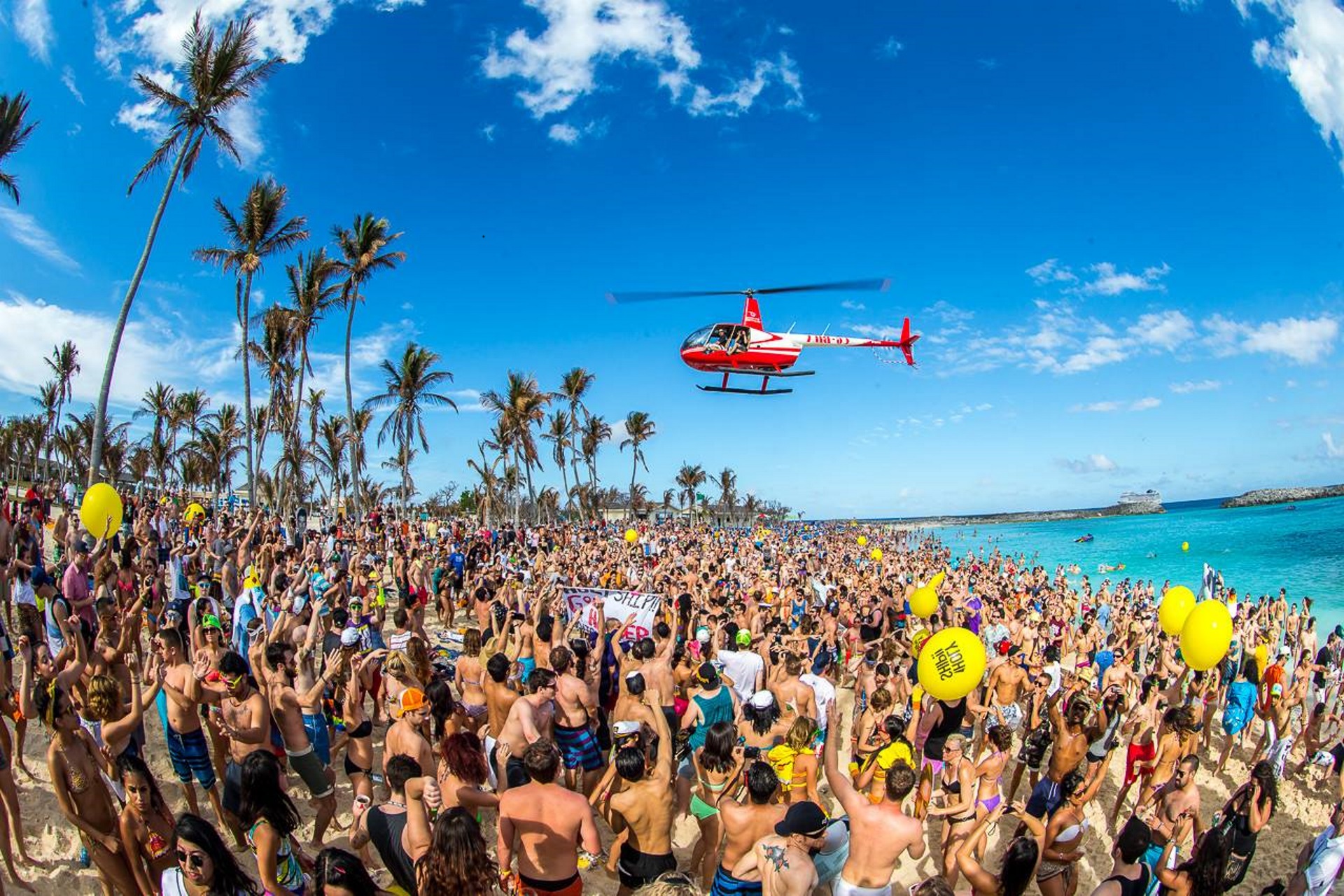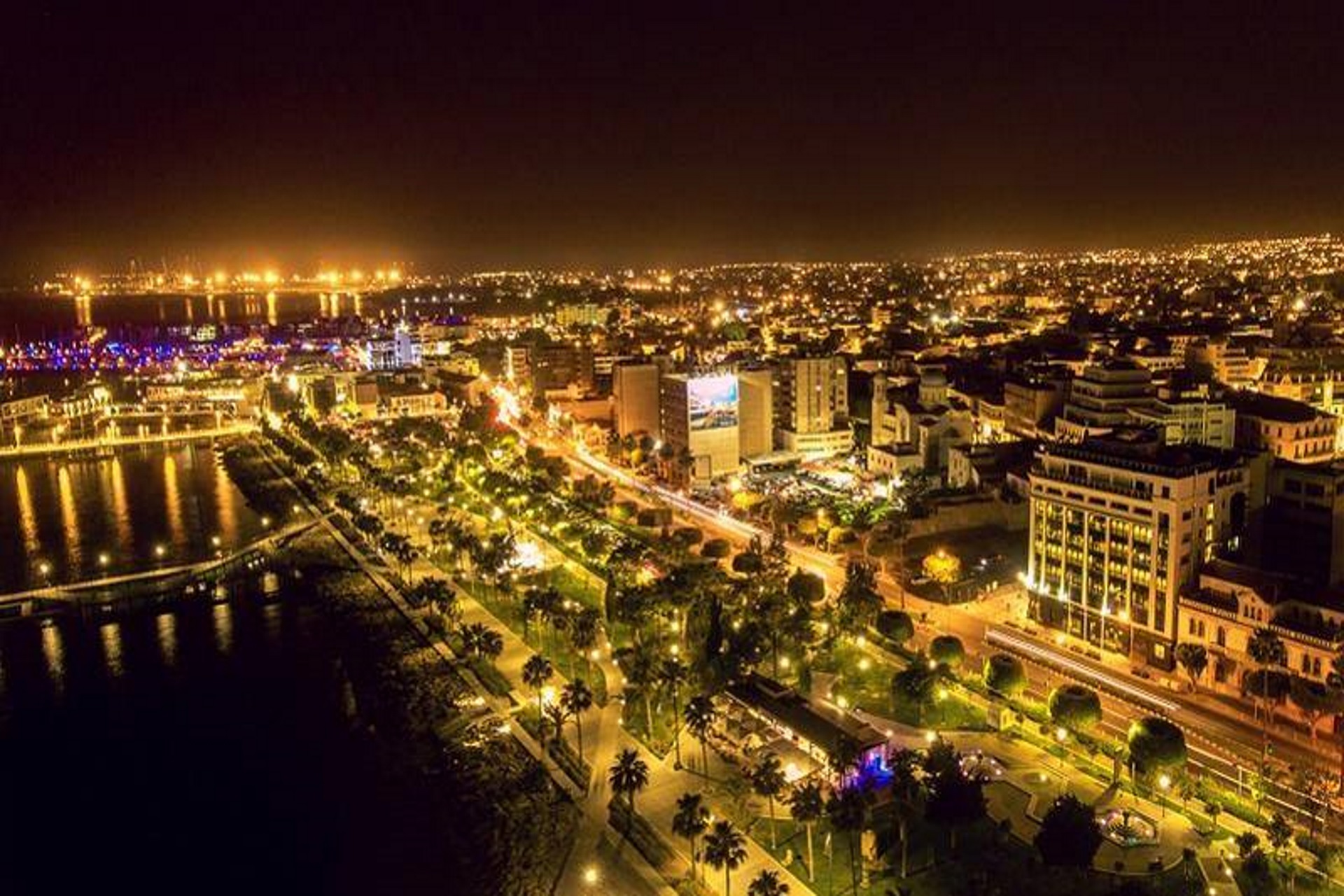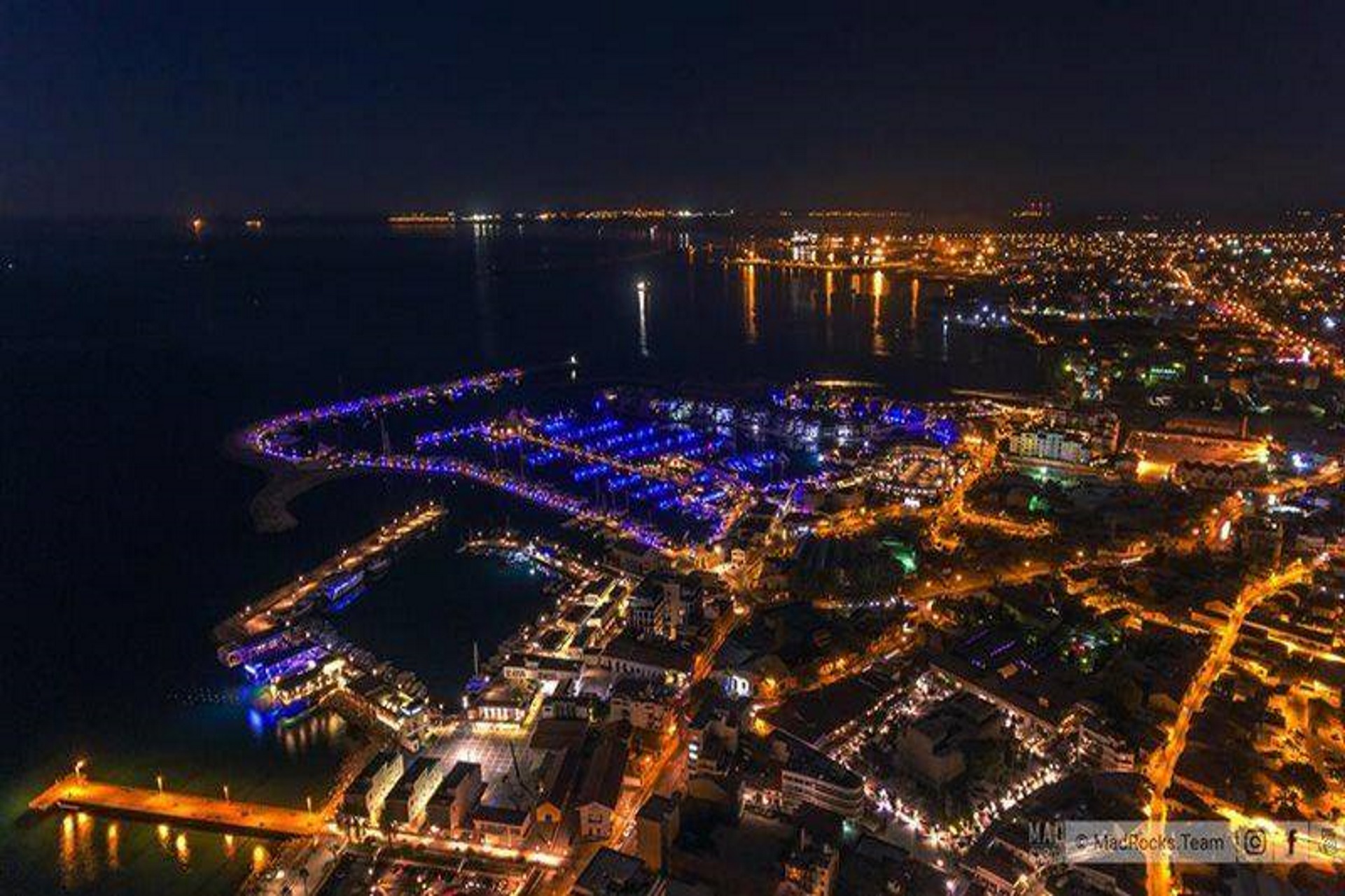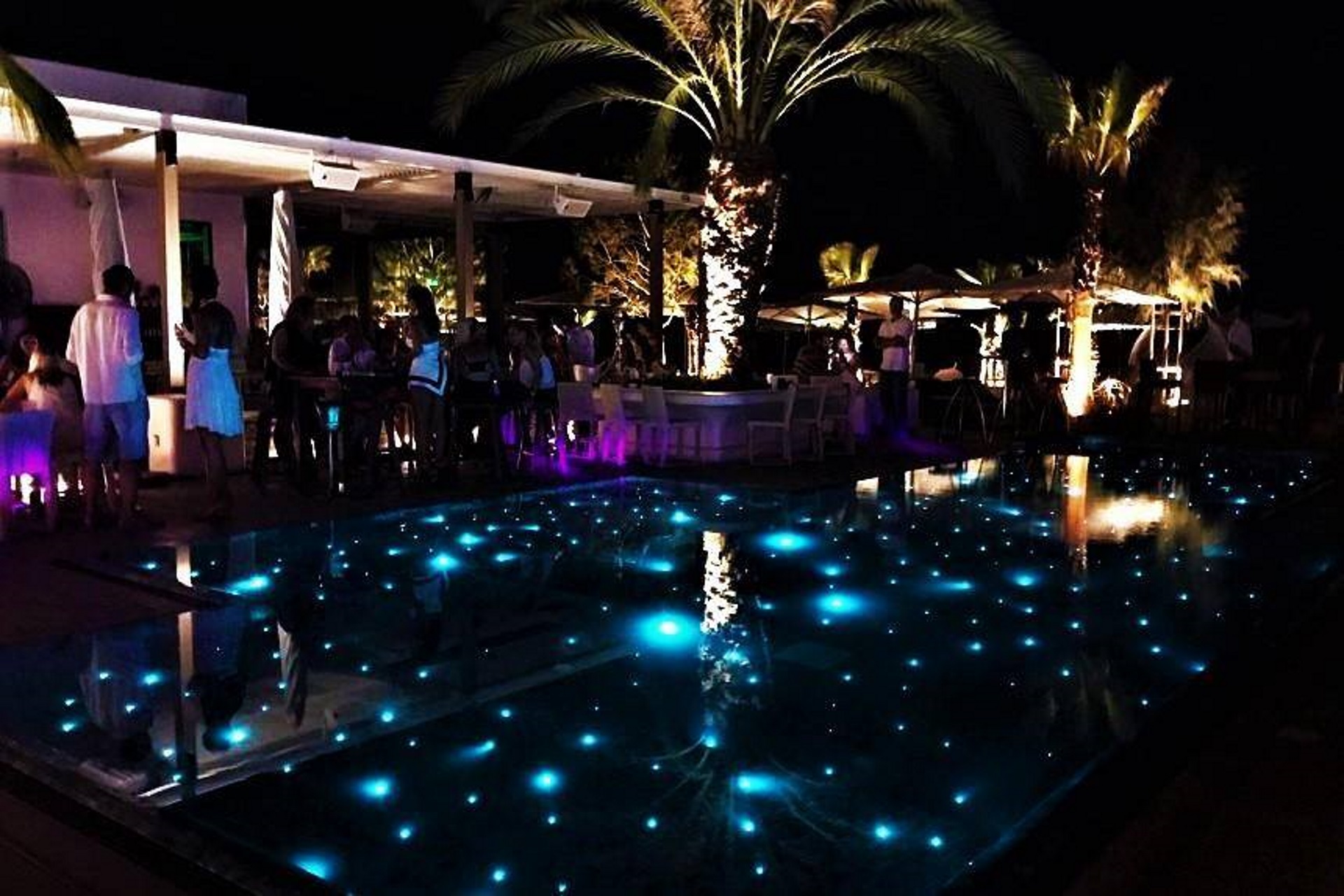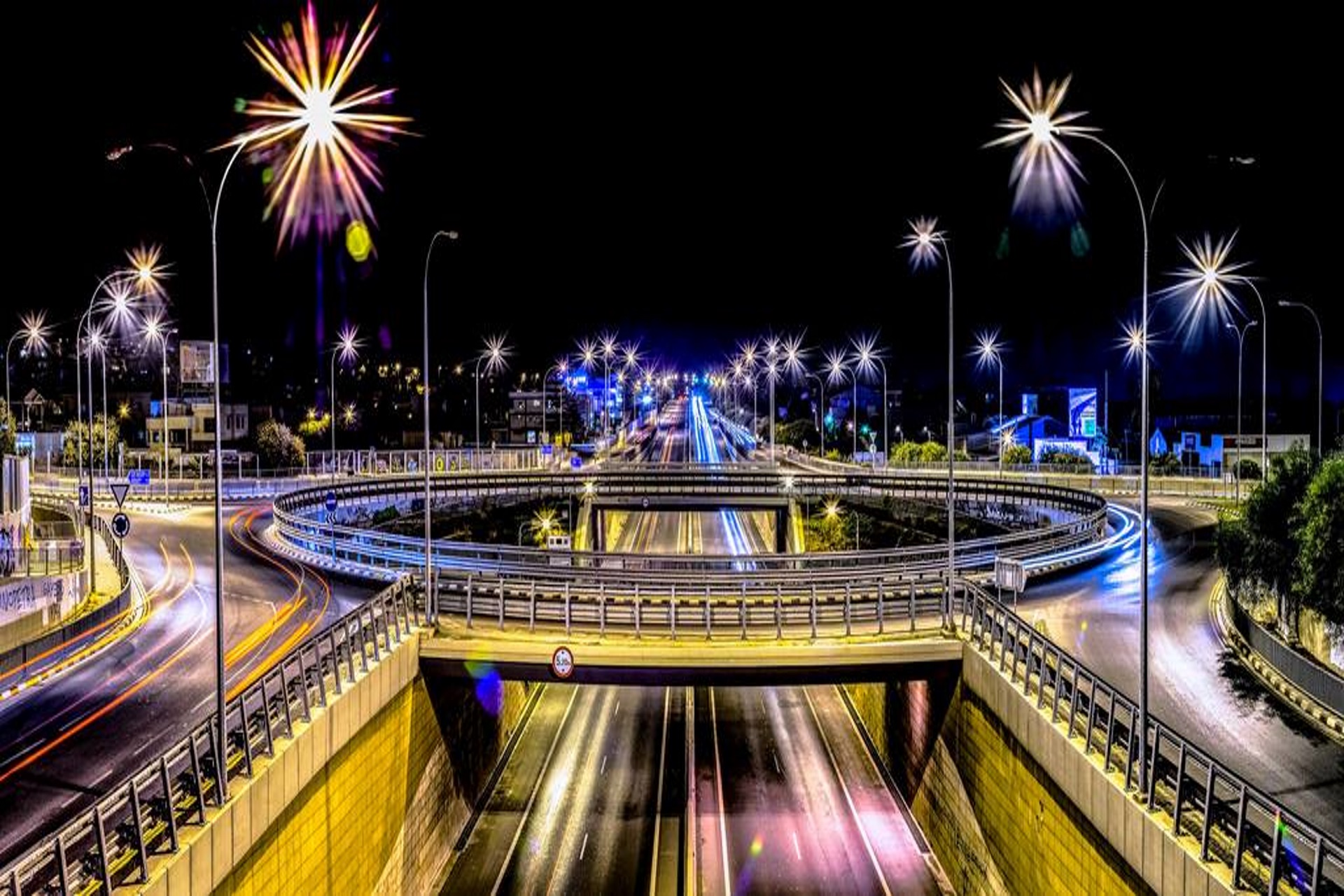Our Destinations
YACHTING DESTINATIONS
Ayia Napa
Ayia Napa was a small fishing village which in 1994 was declared as a Municipality and it is today one of the best tourist destinations worldwide, very well known as a cosmopolitan resort. Ayia Napa is located in the eastern coast of Cyprus very closed to Famagusta City.
Ayia Napa is the town of natural beauty – golden sandy beaches with crystal clear varying shades of blue waters, of history and culture with friendly and hospitable people is definitely a unique place for all of you who wish to have unforgettable vacations. As the Greek Nobel Prize Poet George Seferis wrote in one of his poems ‘’Ayia Napa, where all the colours of the rainbow blend into a harmonious whole, different languages resound everywhere, where the hearts beat as one and offer a warm welcome’’.
Don’t forget to visit the Monastery and the Old and New Church inside and outside of it dedicated to Virgin Mary, the Picturesque Harbor, the Municipal Museum ‘’Thalassa’’, the Makronissos Archaeological Tombs, the Venetian Aqueduct, the rural churches and chapels all around the town, the Sculpture Park, the Celebrities’ Square, the Love Bridge, and the Sculpture ‘’I Love Ayia Napa’’ at the Central Square so as to take a memory photo with it.
Discover the 14 golden beaches with crystal and clear waters all awarded with Blue Flag, and indulge into the warmth of the sun, enjoy your swimming, all water sports and a cruise around the coast of Ayia Napa. Explore the wild natural beauty of Cape Greco, do biking or hiking on nature trails with wildflowers and fauna.
Latchi
The small harbour of Latchi is located on the north - west part of Cyprus, in an area full of green, natural beauties, excellent sea and beaches.The area offers a lot of restaurants, but here is the place to taste fresh local fish, in one of many fish restaurants that abound in the area. Just next to the harbour is the organized municipal beach, a wonderful place for your bath. Latchi municipal beach is the only disabled - friendly beach, with a purposed built ramp which helps persons with mobility problems to enter easily and safely into the sea.
Akamas peninsula: Blue lagoon is the most popular place of Akamas and thousands of people have visited it by boat. The crystal blue waters in this small bay are so clear, you can see all the way to the underlying sea bed. The water in this area of the Akamas Peninsula is so inviting and refreshing you will want to swim in this beautiful environment or go snorkeling and look around you underwater for metres on end.
Baths of Aphrodite: On the same way as Akamas penisnula, is the place where Aphrodite met het lover Adonis. The Baths of Aphrodite are located next to the town of Latchi and is a very popular place to visit, among locals and visitors alike.
Larnaca
Larnaca town was built over the ancient city kingdom of Kition. Larnaca has a beautiful sea port and historically was a major centre of copper trade and later a Phoenician stronghold.
Top 10 Larnaca City Landmarks:
Agios Lazaros (Saint Lazarus) Byzantine Church: Saint Lazarus came to Cyprus after having being resurrected by Jesus Christ.One of the most important surviving Byzantine Monuments in the whole of Cyprus, built around 900 AD.
Palm Trees Promenade: One of the most pleasant entertainment seafront areas in the whole of Cyprus.
Larnaca Salt Lake: A magnificent nature place. The total surface area of the Larnaka Salt Lake is 2.2 Km² and it is considered one of the most important wetlands in Cyprus with an array of plants, birds and wildlife.
Larnaca Medieval Castle and Museum: Founded by the Byzantines in the 12th century. Hosts a Medieval Museum and a Garden Theatre.
Hala Sultan Tekke: Dated around the 18th century, it is built over a tomb which according to tradition belongs to Umm Haram, foster-mother of the Prophet Mohammed.
Kamares–The Old Aqueduct: The grandiose arches are part of the old Larnaca Aqueduct, constructed in 1745. Ancient Kition: Dated from the 13th until the 4th century B.C. Goddesses Aphrodite and Astarte were worshipped here. Europe Square: Located at the beginning of Athens Avenue. It consists of the first colonial buildings built by the British Administration in 1881. Mckenzie beach: Have an unforgettable day and night out at Mckenzie beachstrip which is now considered to be the hotspot of the island! Zenobia Wreck: Considered to be the world’s best wreck diving site.
Paphos
The island’s capital for six centuries, Paphos (Pafos) is like an open-air museum. It is so rich in treasures that the whole town has been put on UNESCO’s World Heritage list.Paphos (Pafos) Castle was initially a Byzantine fort constructed to protect the harbour. In the 13th century the Lusignans rebuilt it only to be pulled down by the Venetians in 1570 during the Ottoman invasion. Pafos castle was declared an ancient monument in 1935 and is one of the most important landmarks in the Paphos region. Numerous cultural events take place in the square immediately in front of the castle. A short distance away are the impressive under ground Tombs of the Kings, carved out of solid rock and decorated with Doric pillars. On the way back you can enjoy a relaxing visit to the aquarium.The Maa-Paleokastro site near Coral Bay holds an admirable view. It is where the Mycenaean Greeks first landed in Cyprus during the Bronze Age.
Petra tou Romiou Beach (Aphrodite's Birth Place)
Enormous rocks constitute an intriguing geological formation on the south west coast in the Paphos district. It is one of the most impressive natural spots in the island. According to myth this is the place where Aphrodite, the Greek goddess of love, rose from the sea and was carried on a large shell at the rocks known today in Greek as “Petra tou Romiou”. The terminology for this name (Rock of the Greek) is derived from a legendery warrior, Digenis Akritas, who drove away the invading Saracens with his formidable strength. A testament to his strength is the legend that he hurled an enormous rock in to the sea, destroying the ships of the enemy.
Limassol
Limassol (also called Lemesos) is the second largest city in Cyprus. It is the island’s main port, a main tourist centre and the centre of the wine industry of the island. Limassol has two of the most spectacular archaeological sites in Cyprus; built on cliff tops the ancient cities of Amathous and Kourion are situated East and West respectively in the city with spectacular views overlooking the Mediterranean Sea. Unearthed at Amathous the largest stone vase ever discovered (resting in the Louvre Museam in Paris) is just one of the finds that have made their way abroad to international museums from these ancient sites.
The southern slopes of the Troodos Mountains provide a picturesque backdrop to the city. It is on these southern slopes where the vineyards for Cyprus’ wine making industry are. Charming little villages spread throughout the southern slopes are known collectively as the ‘Krassochoria’ (which translate in to wine villages) where the traditional ways of wine-making are still kept. Come and have a sample of the island’s best wines. The most famous wine of all is Commandaria, one of the oldest named wines (eight centuries old) in the world.
It was originally produced and exported by the Hospitallers, the Knights of St. John of Jerusalem, from their headquarters at Kolossi Castle which still stands, situated on the outskirts of the city. On these southern slopes you’ll discover a different Cyprus from the traditionally known popular tourist resorts it is famous for. The foothills here offer a break from the hustle and bustle, a true retreat and a place of tranquility. Here you can take in the beautiful countryside and enjoy the traditional rural villages that live solely at their own pace.
